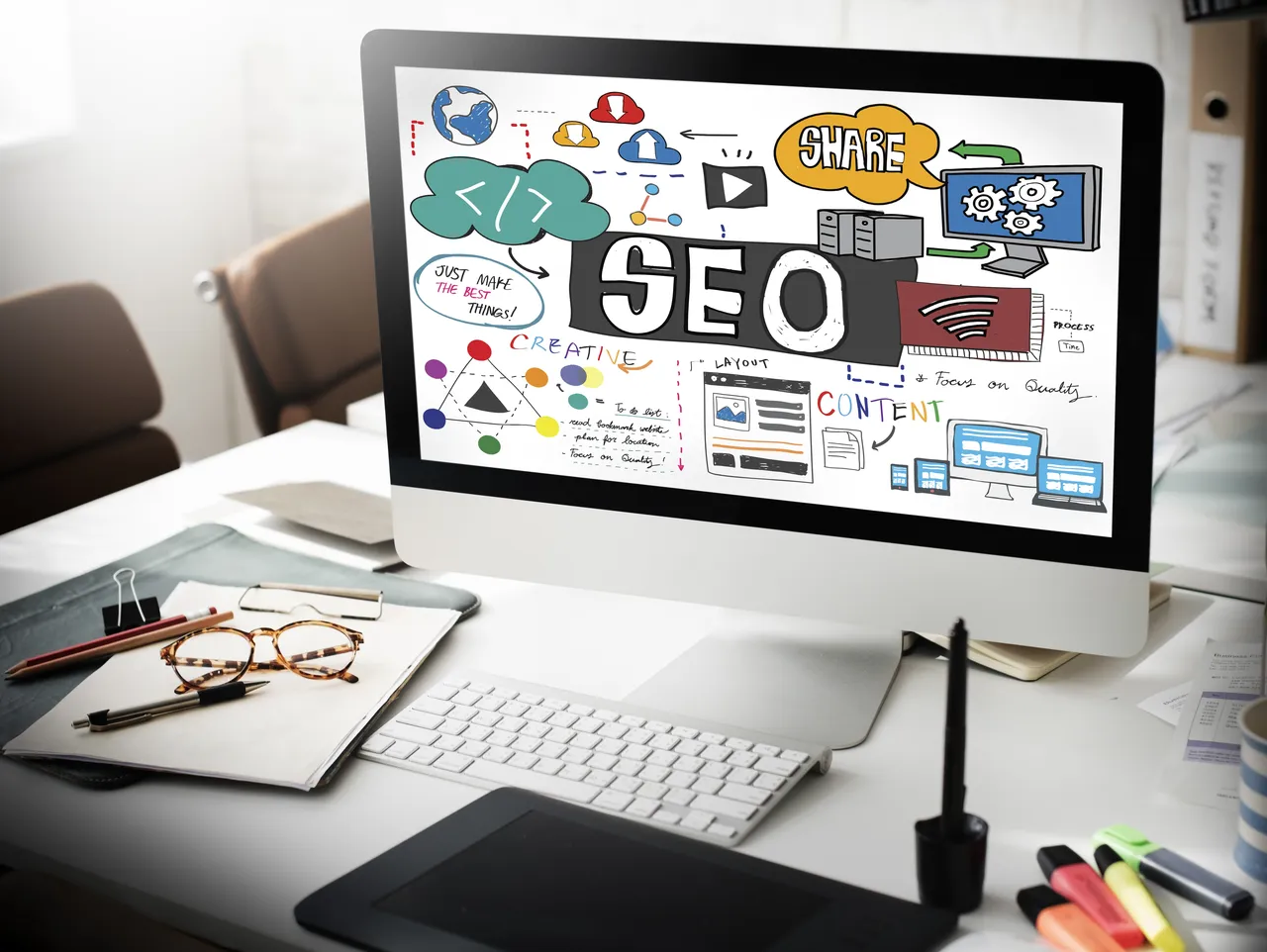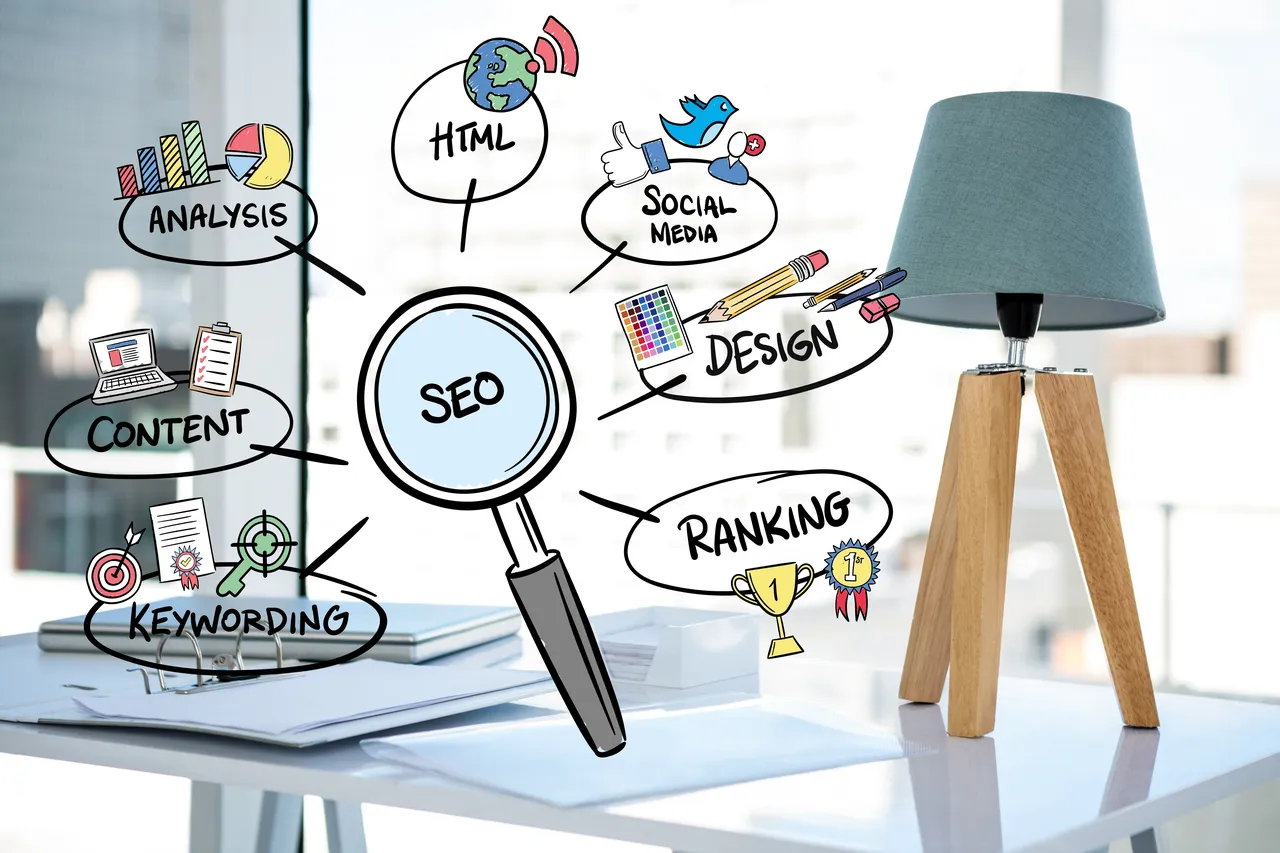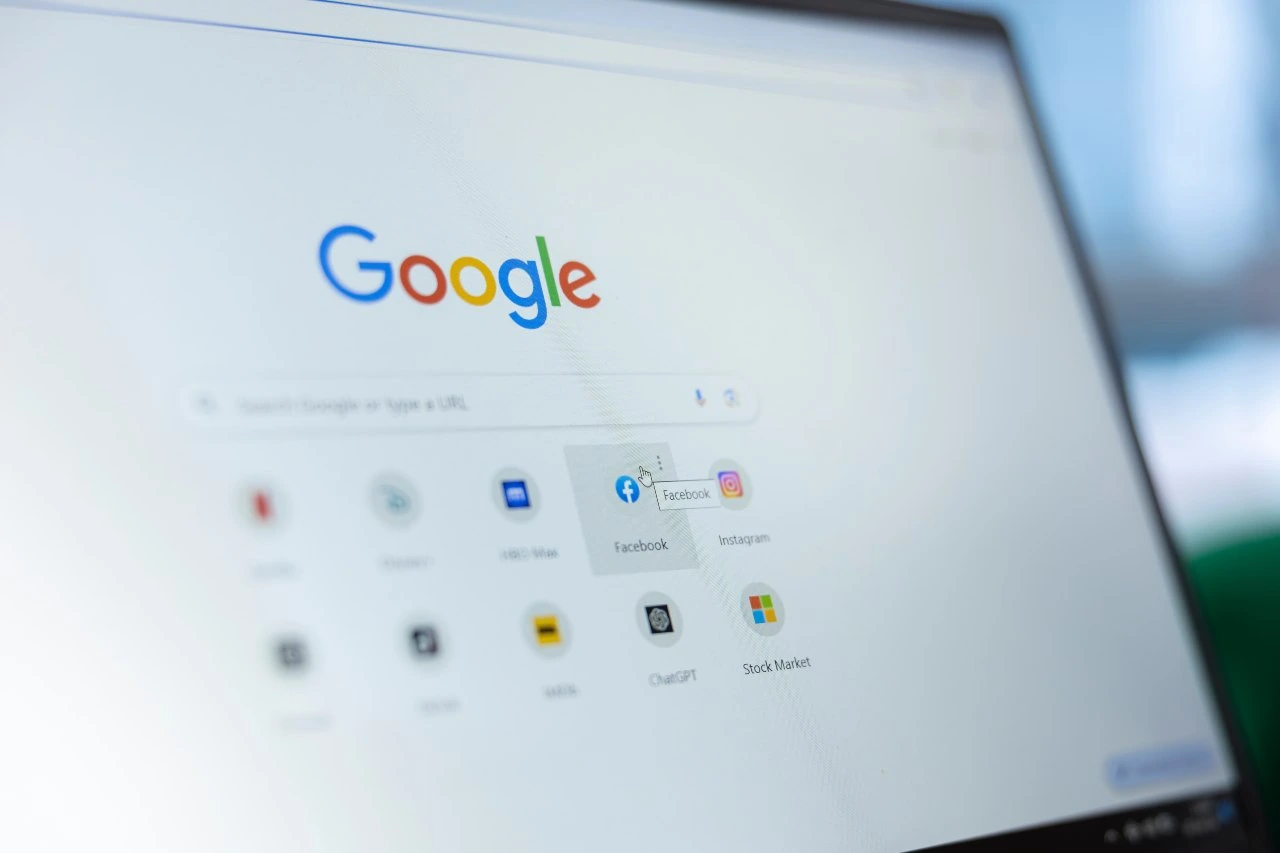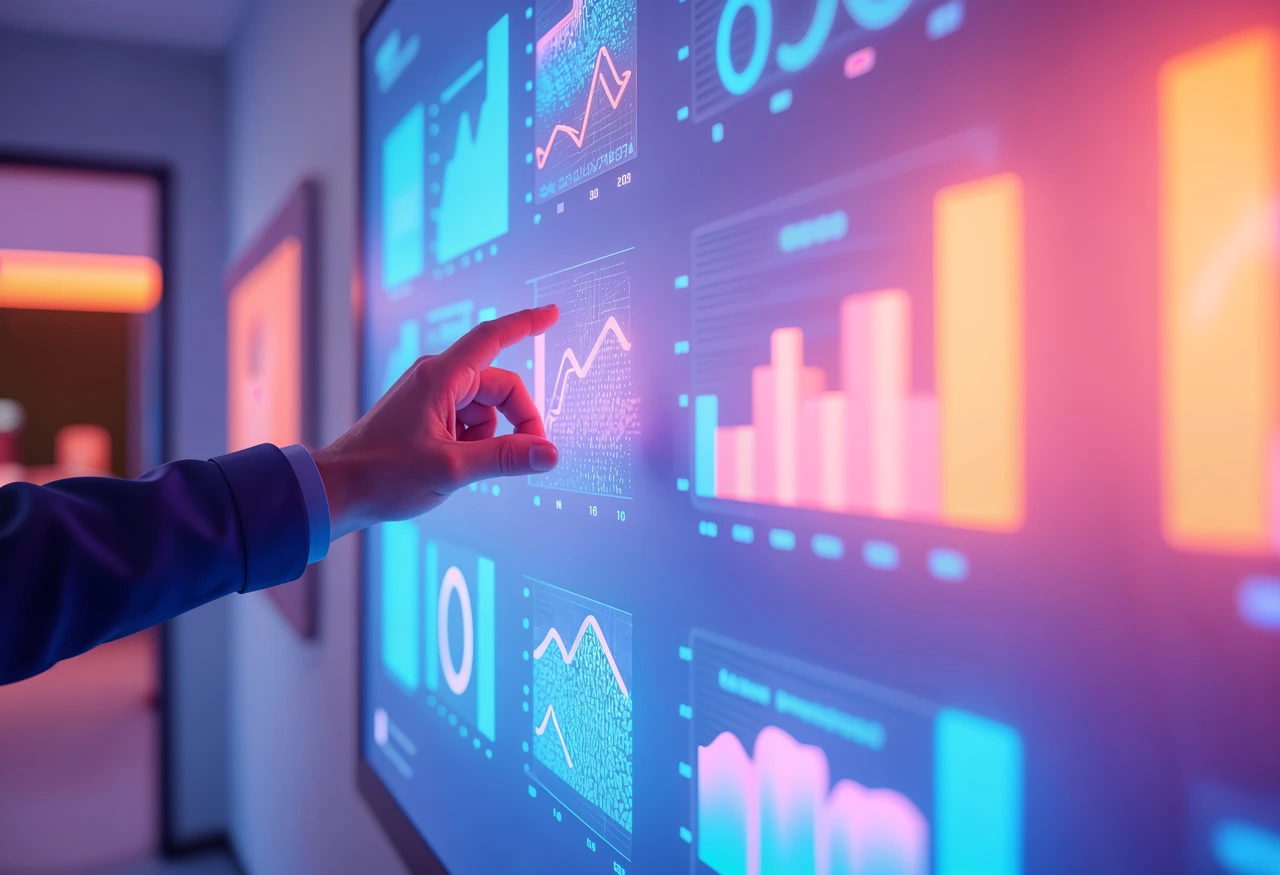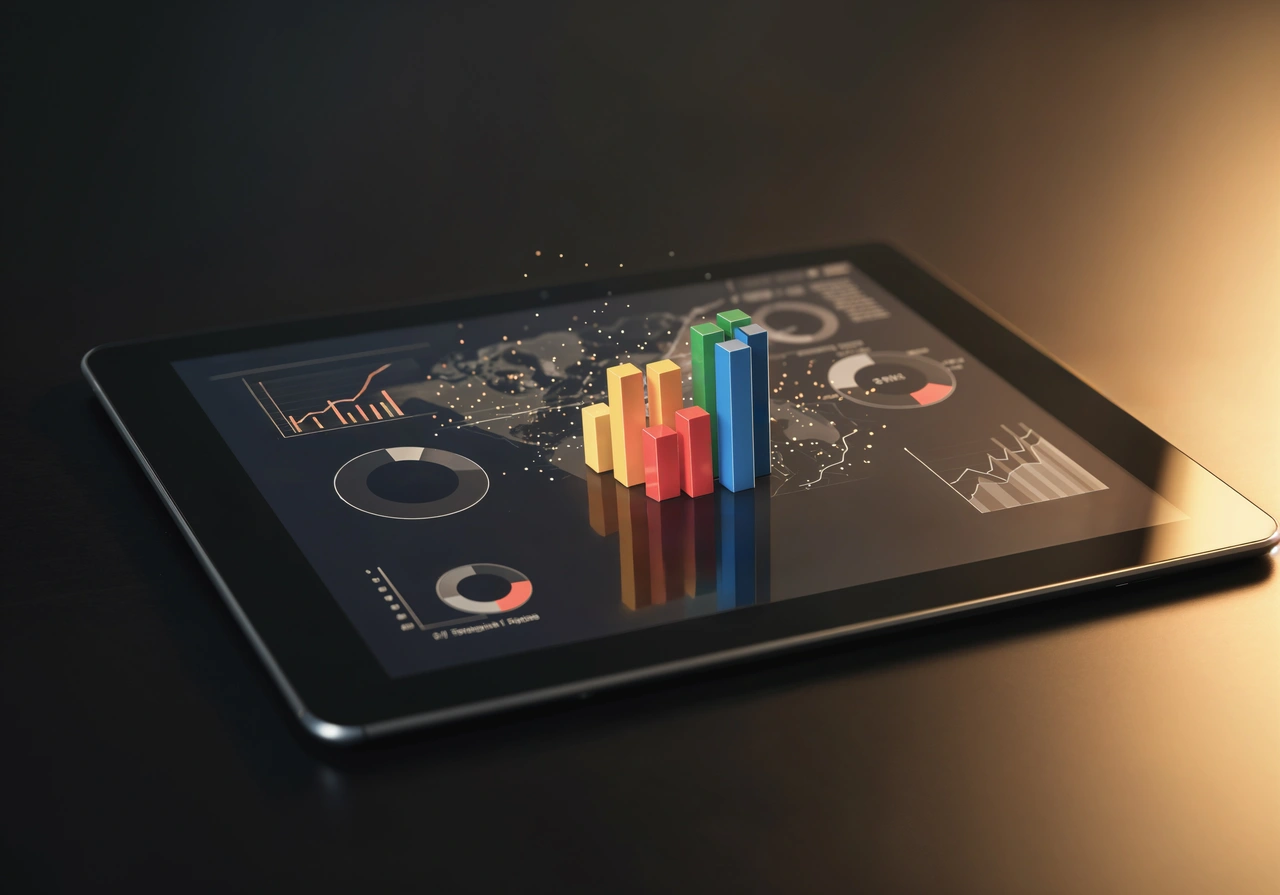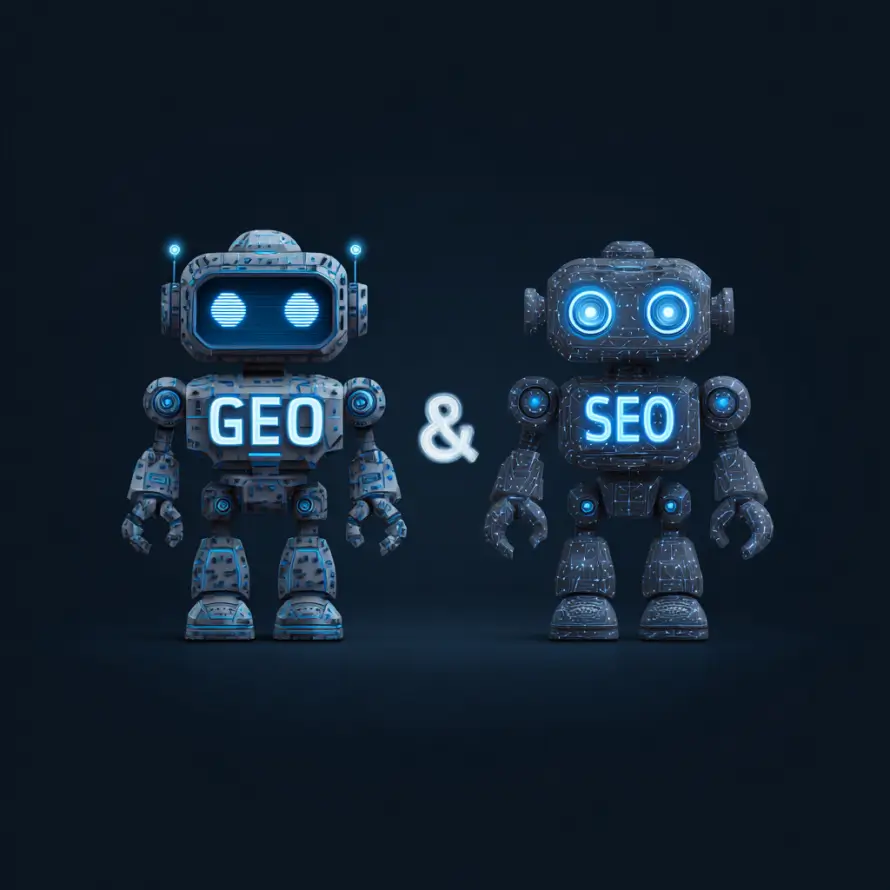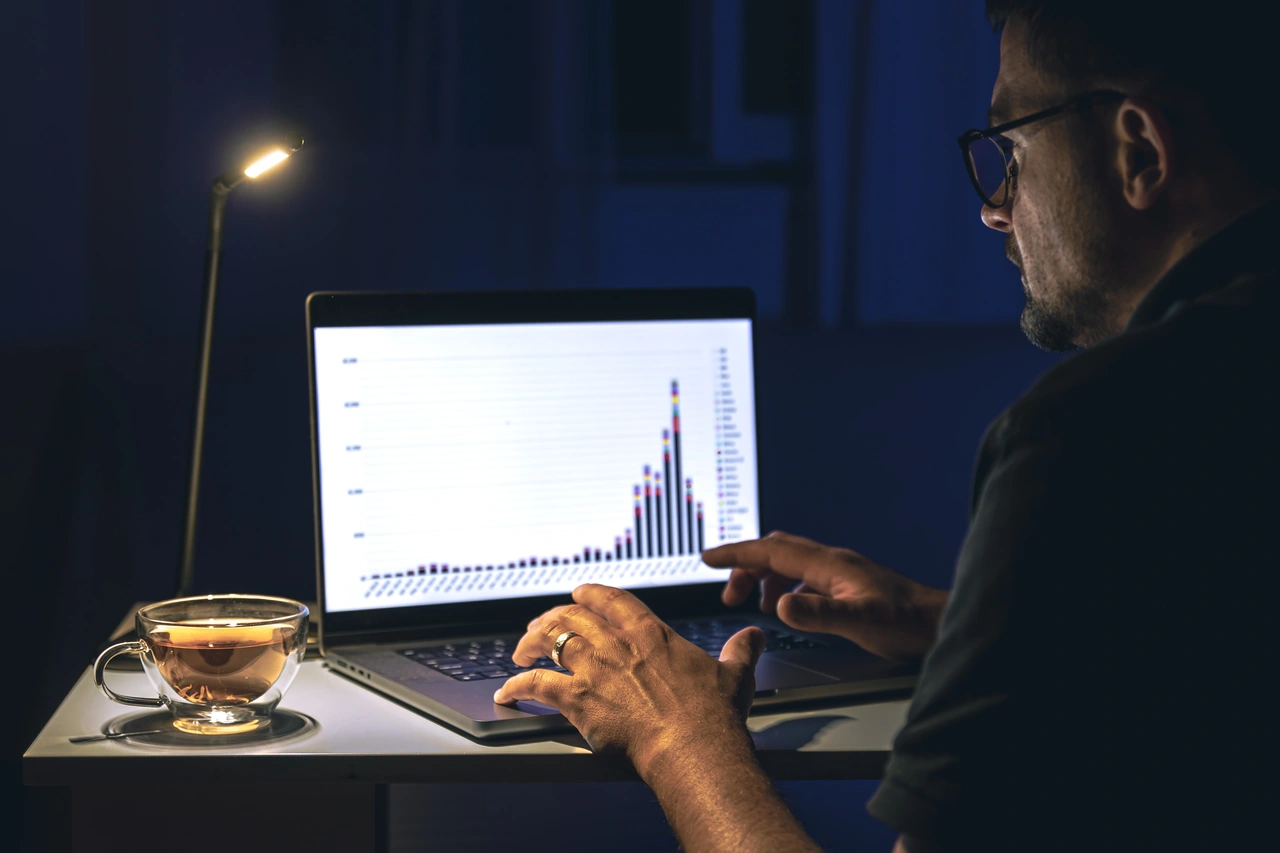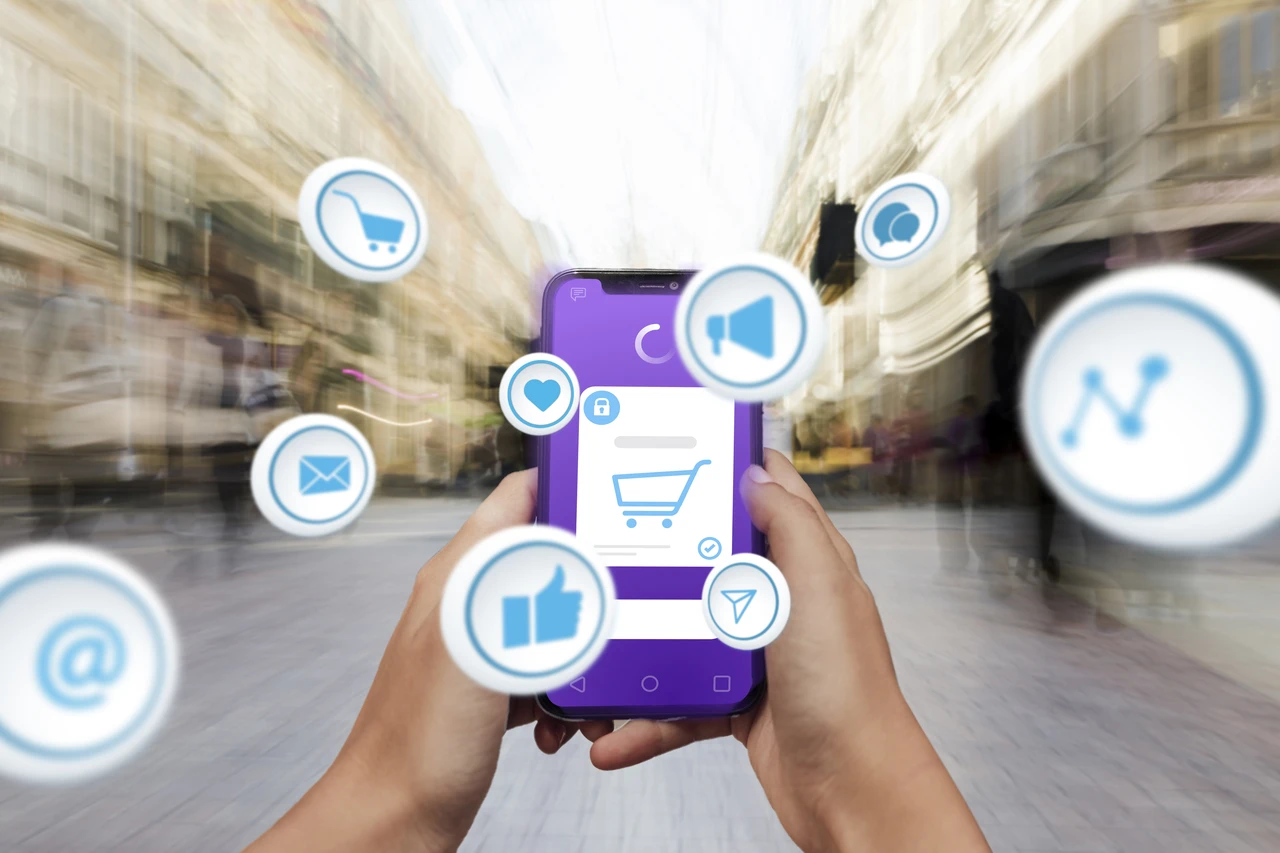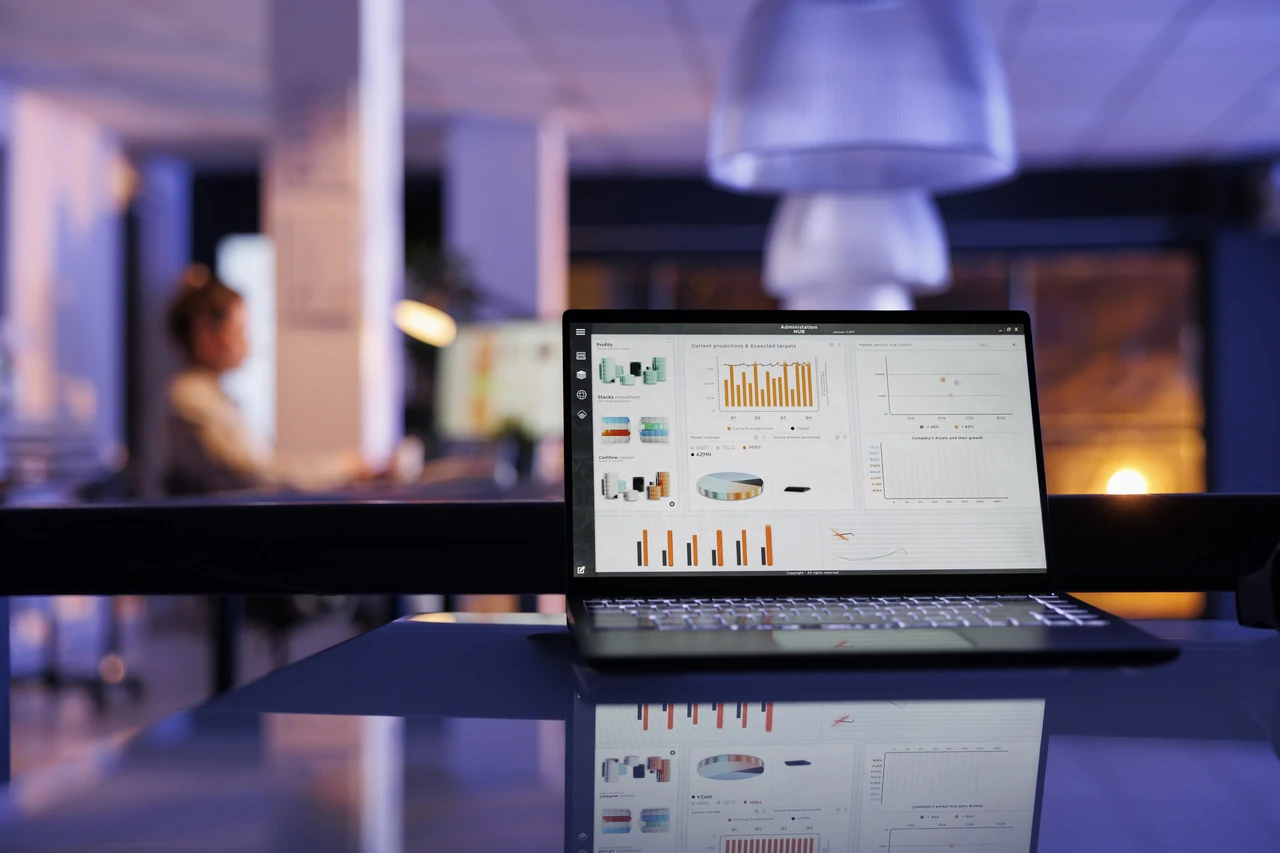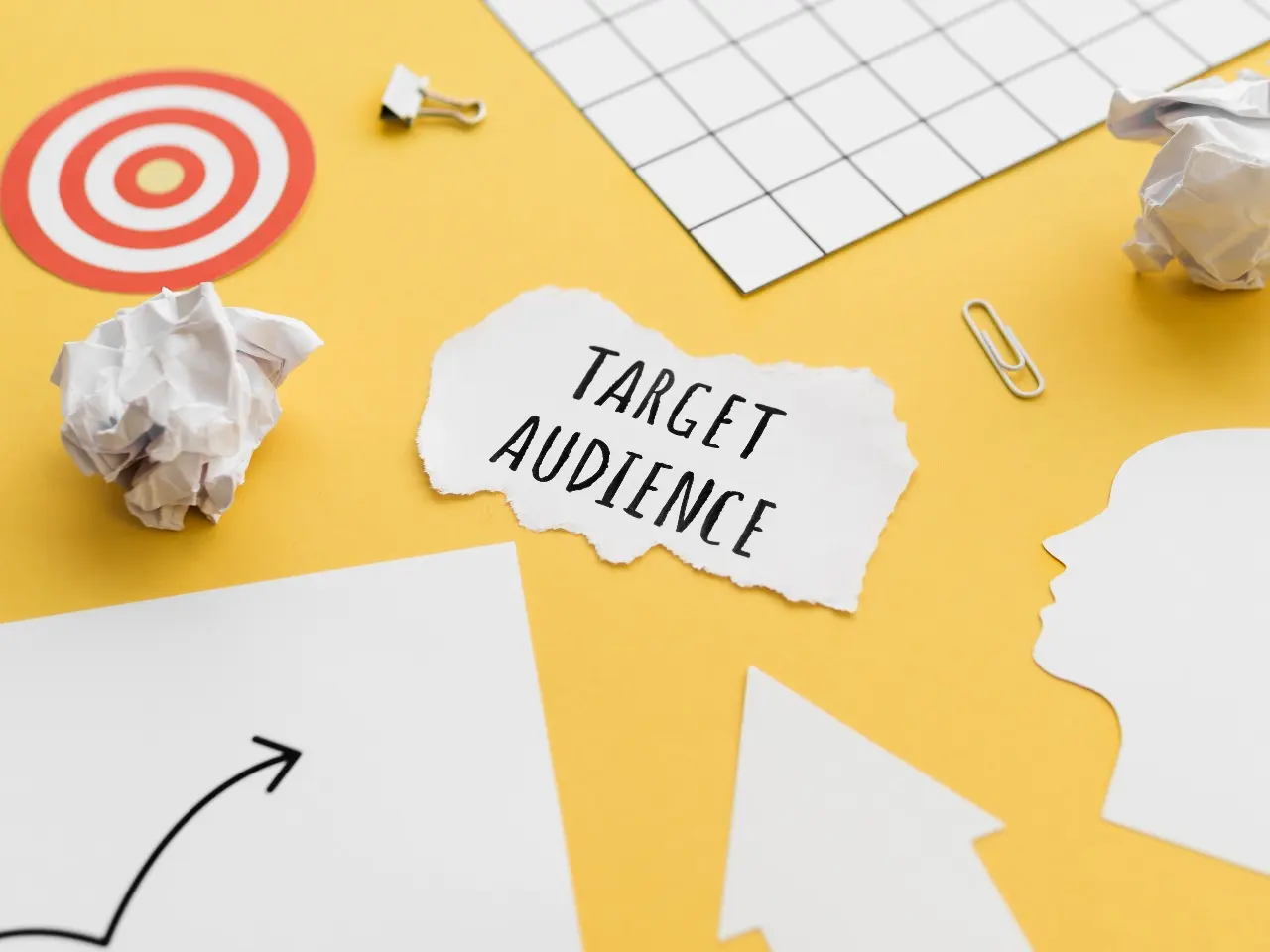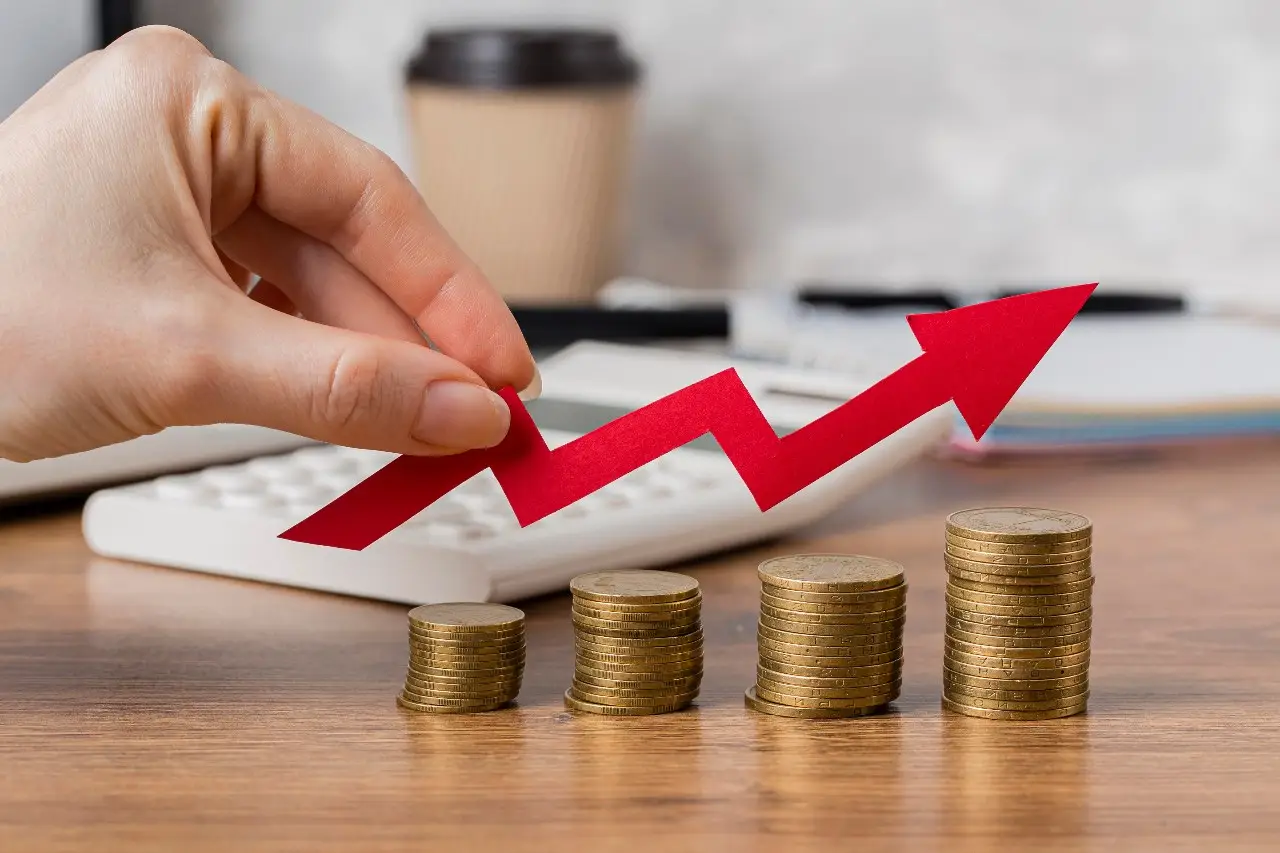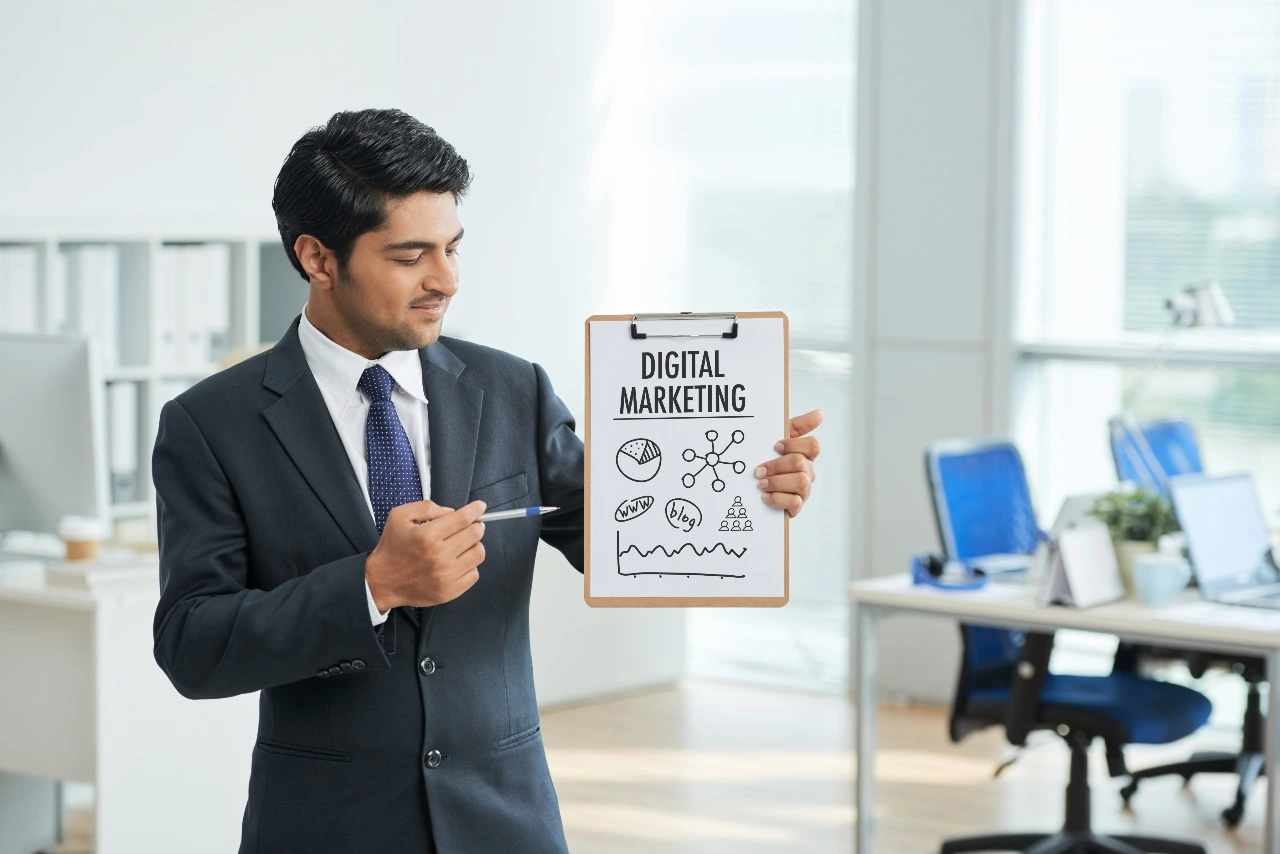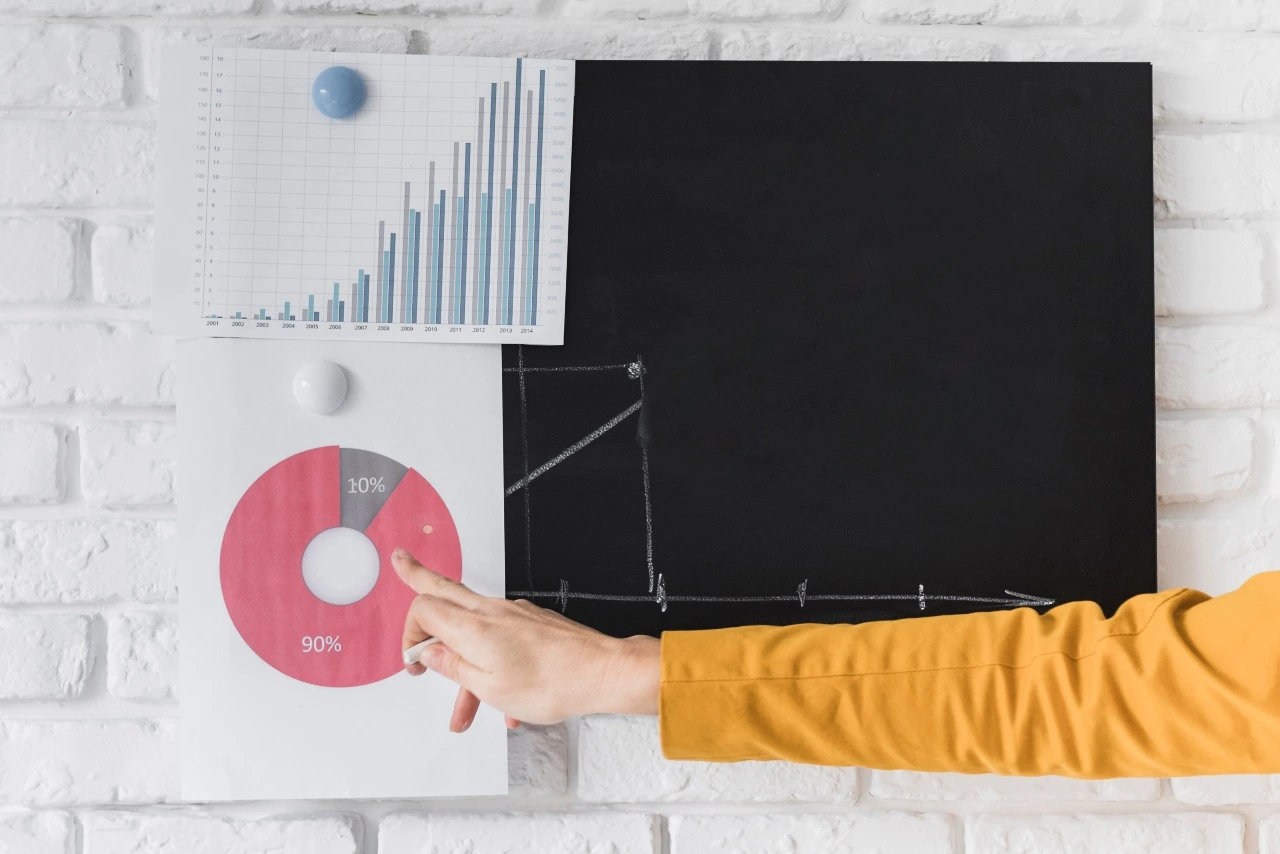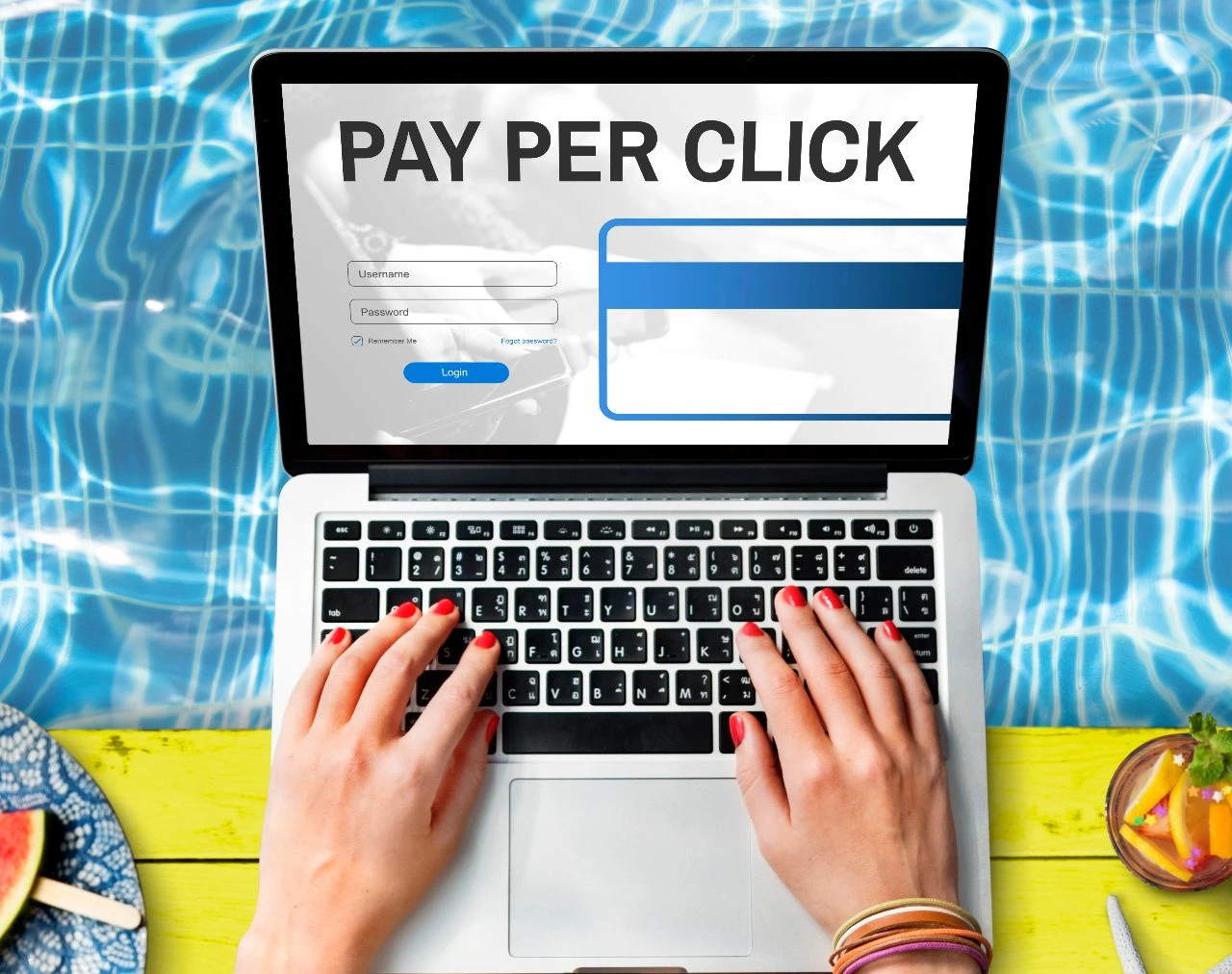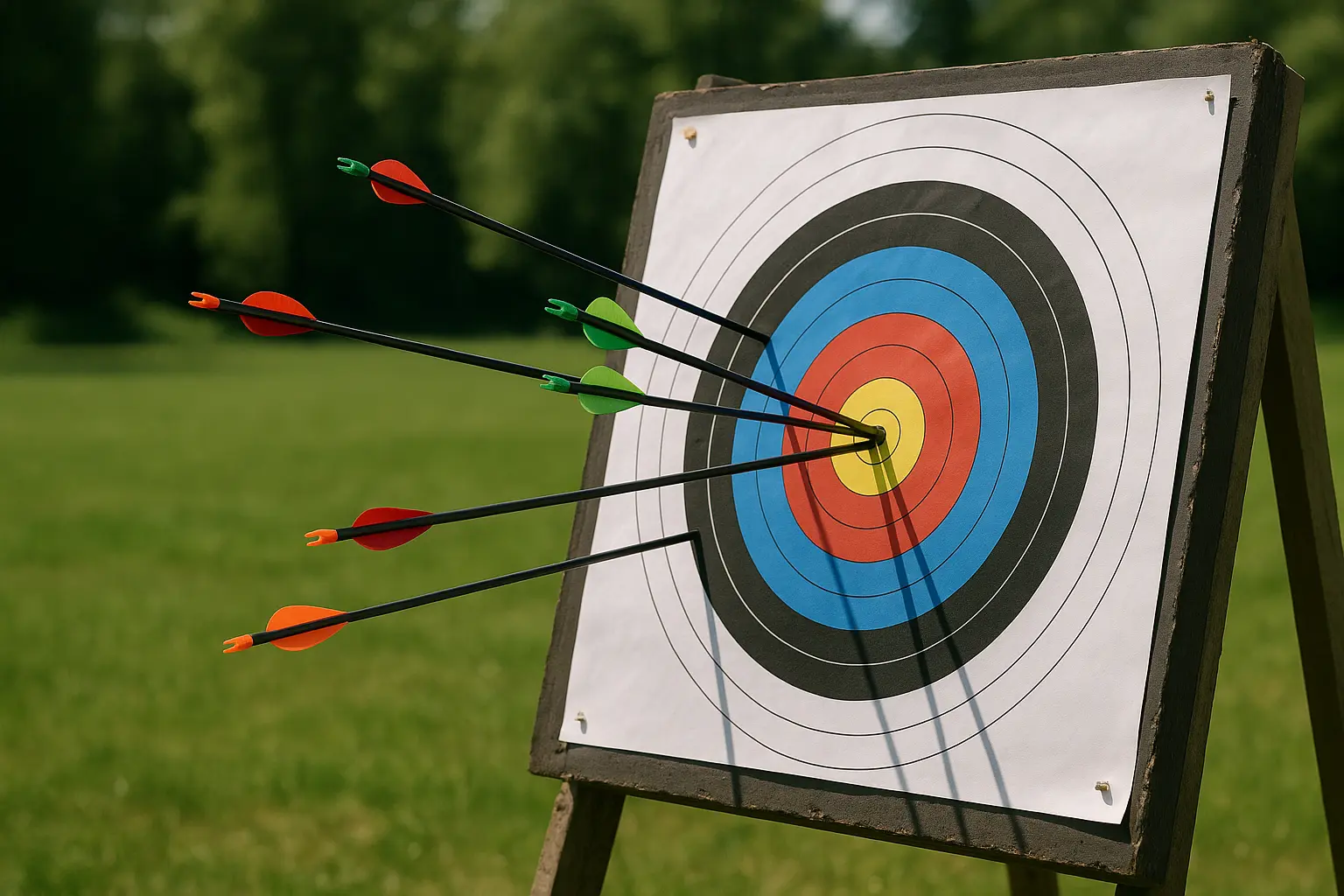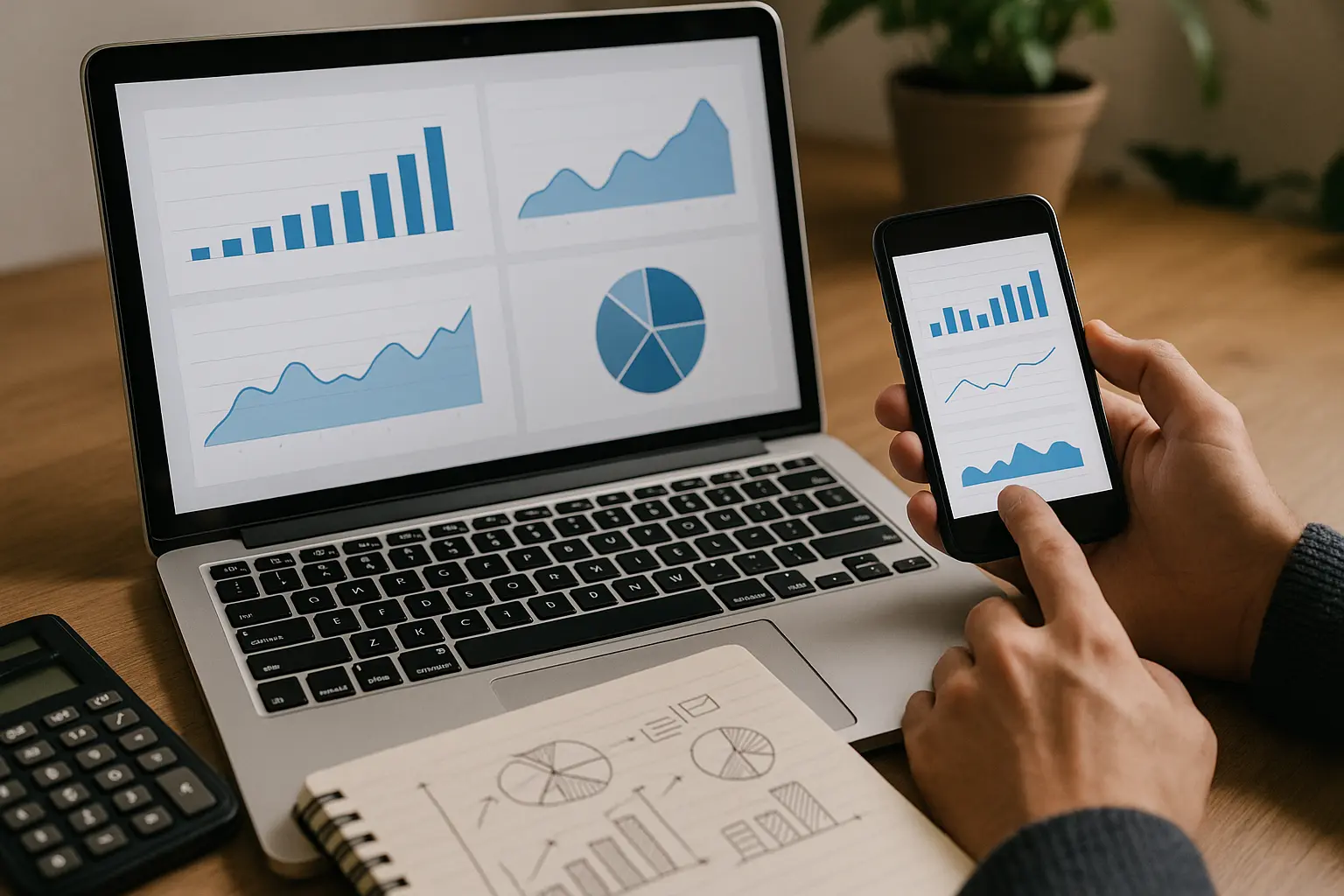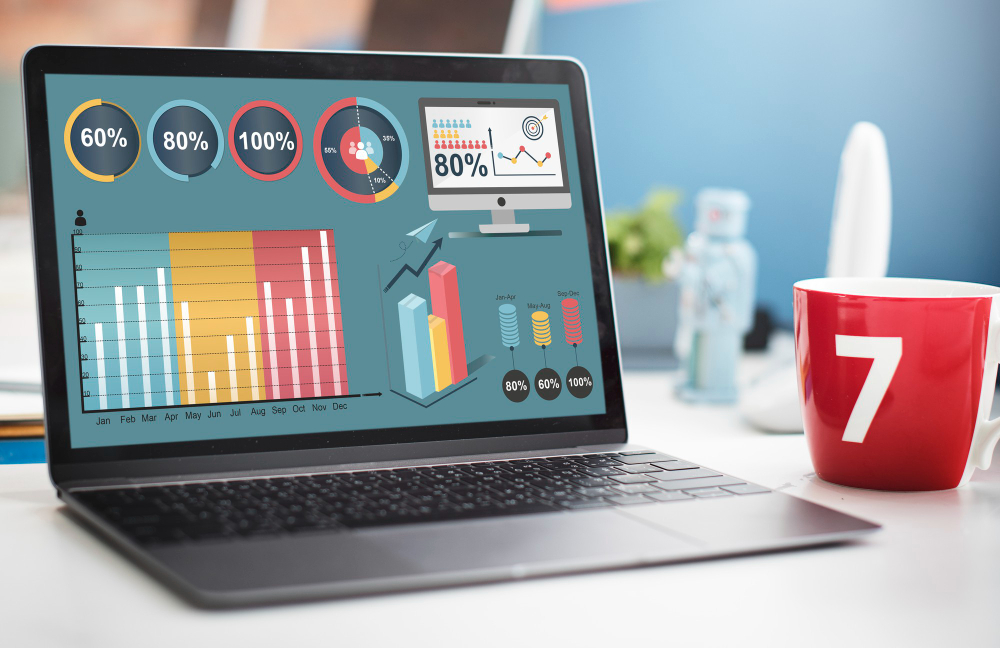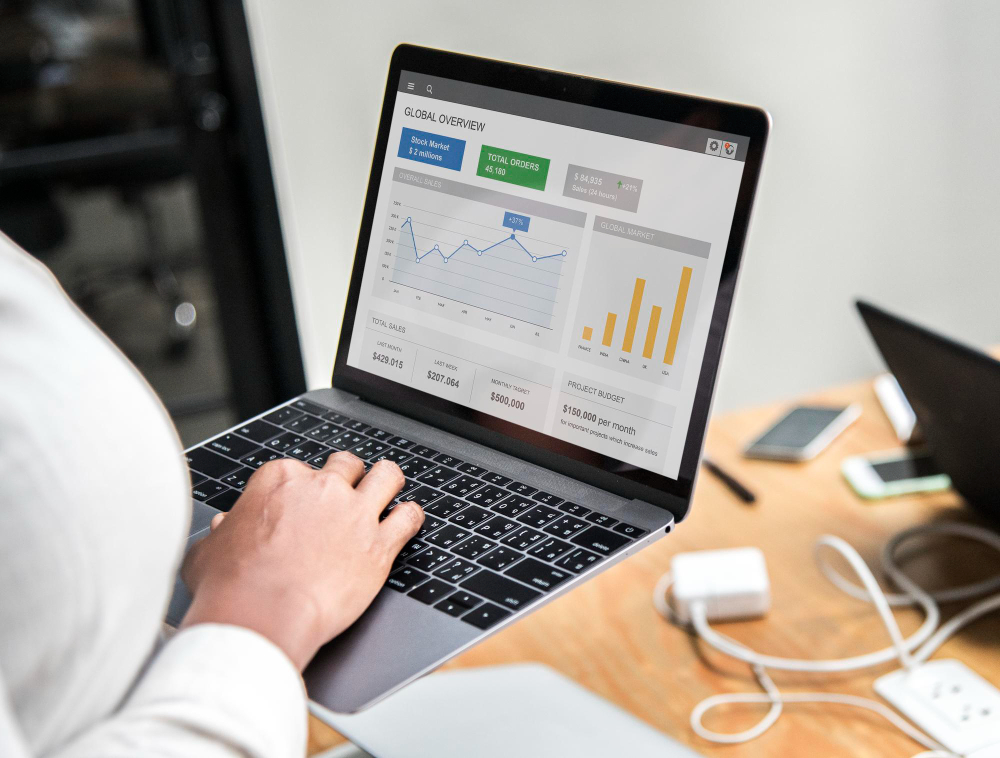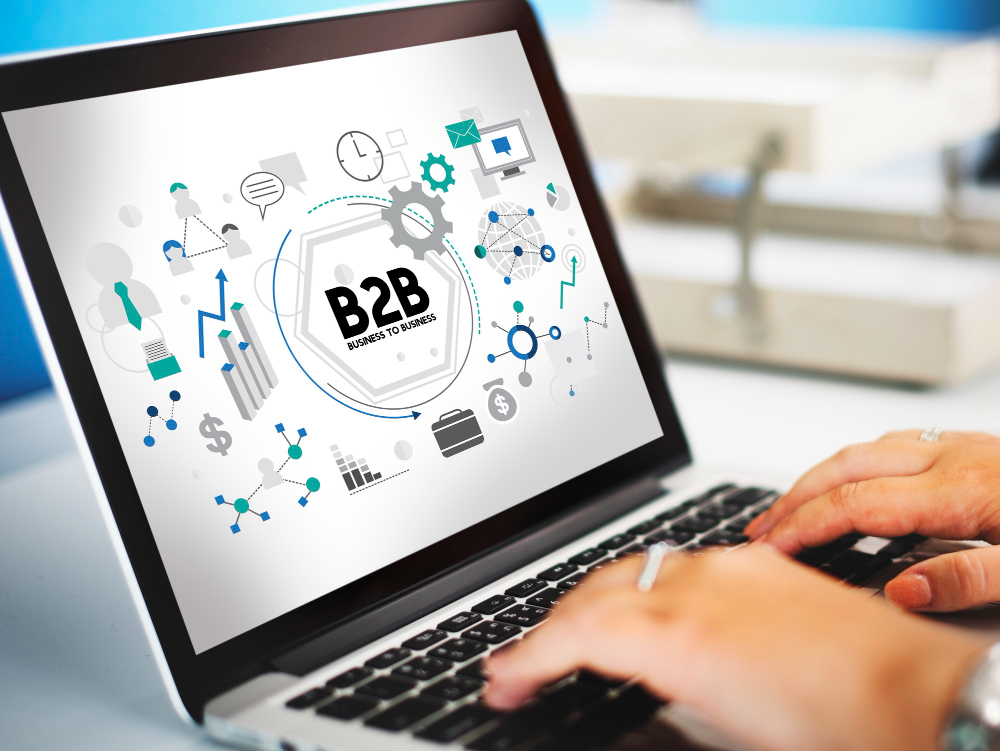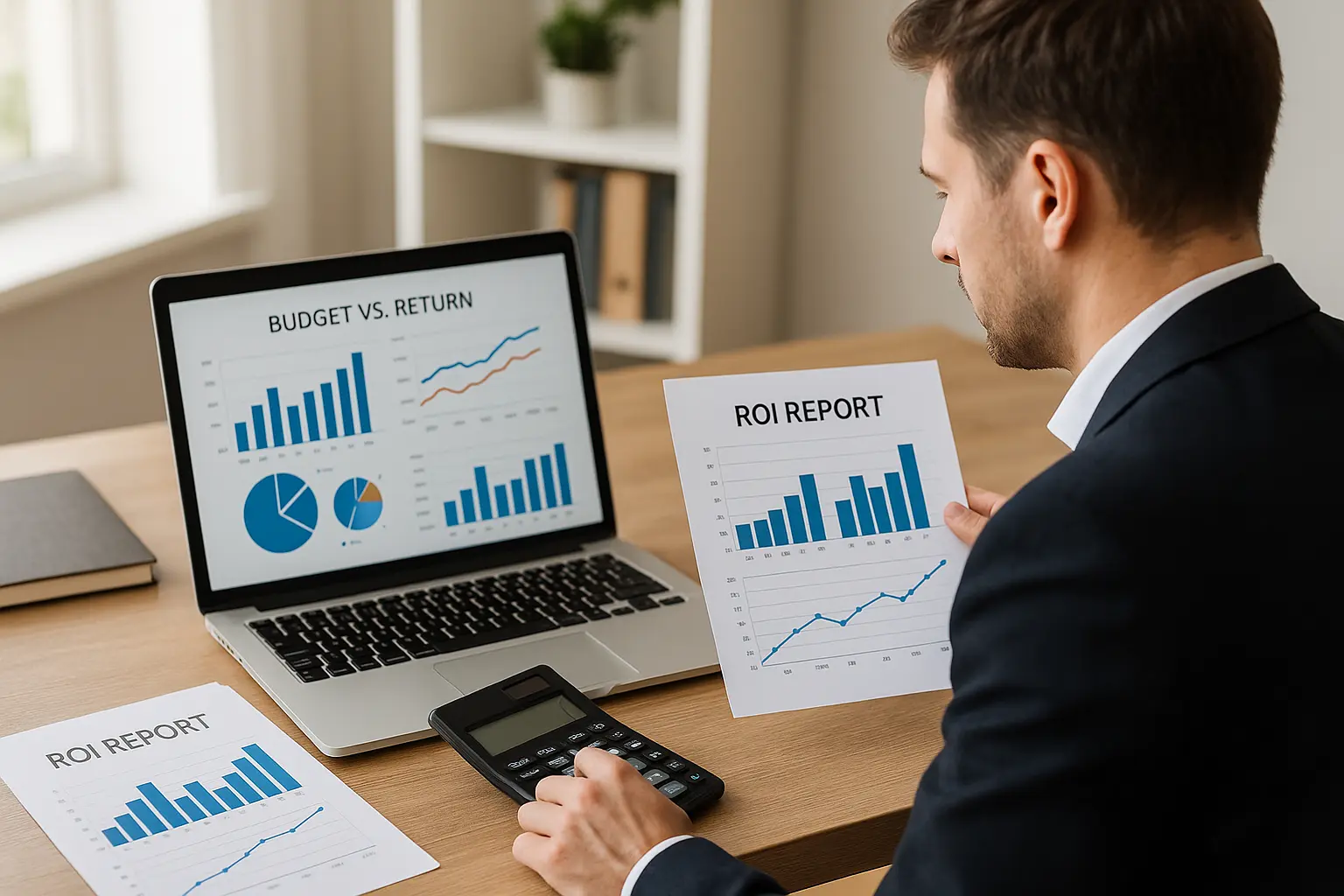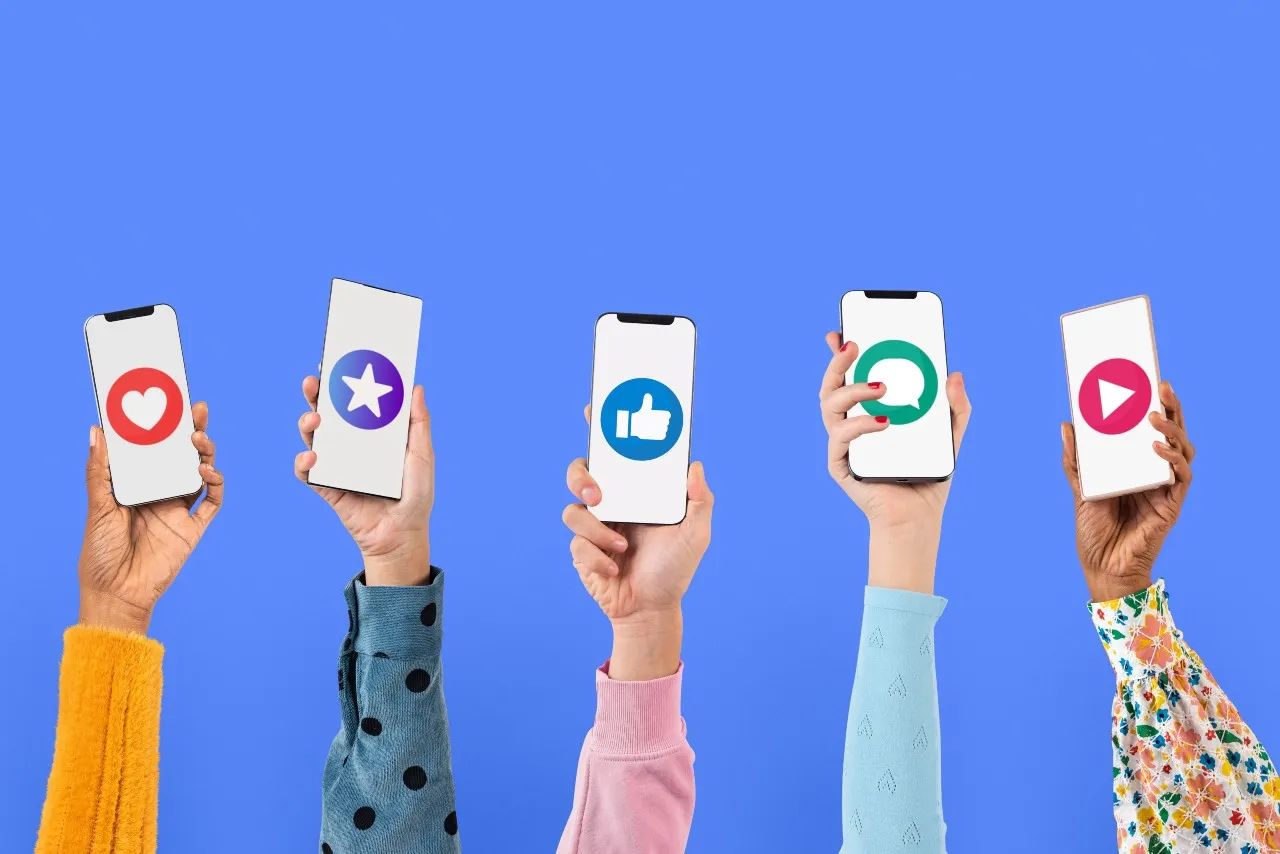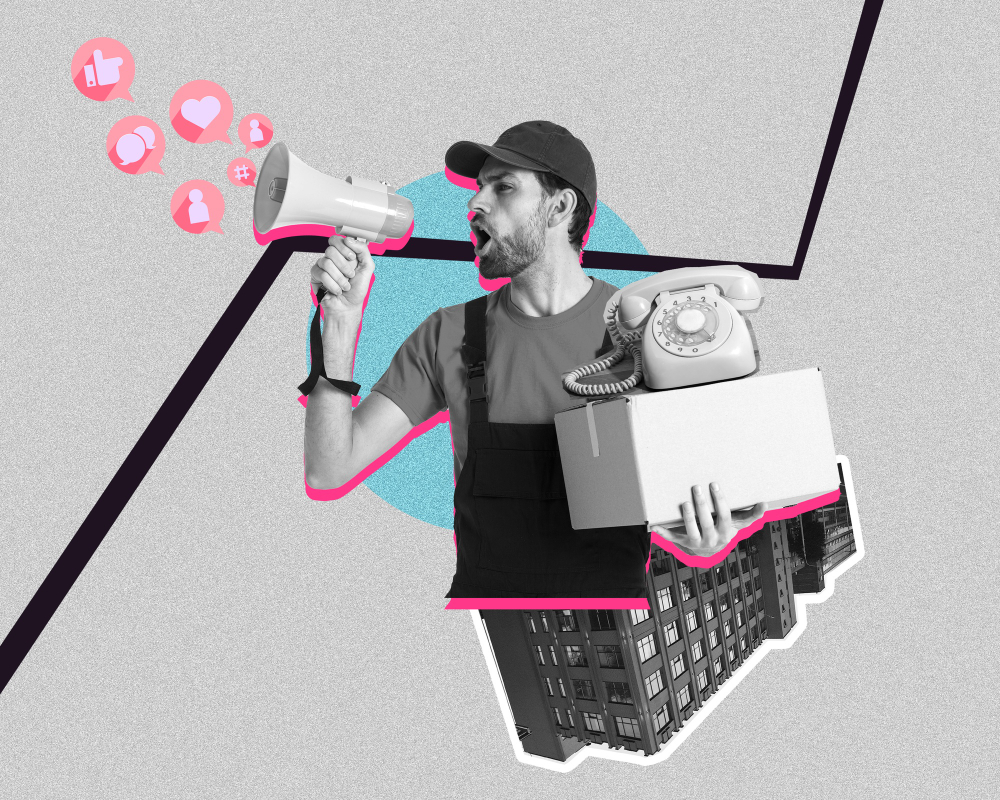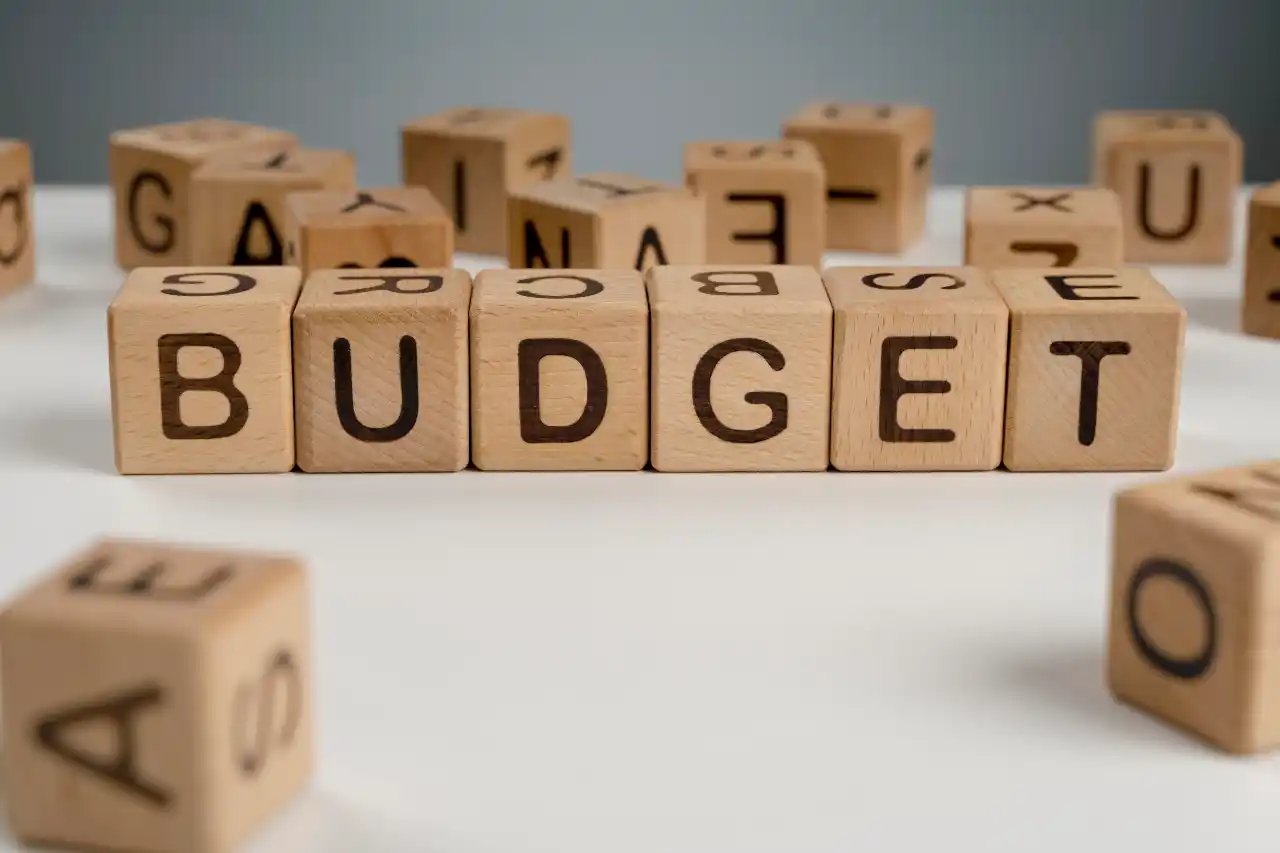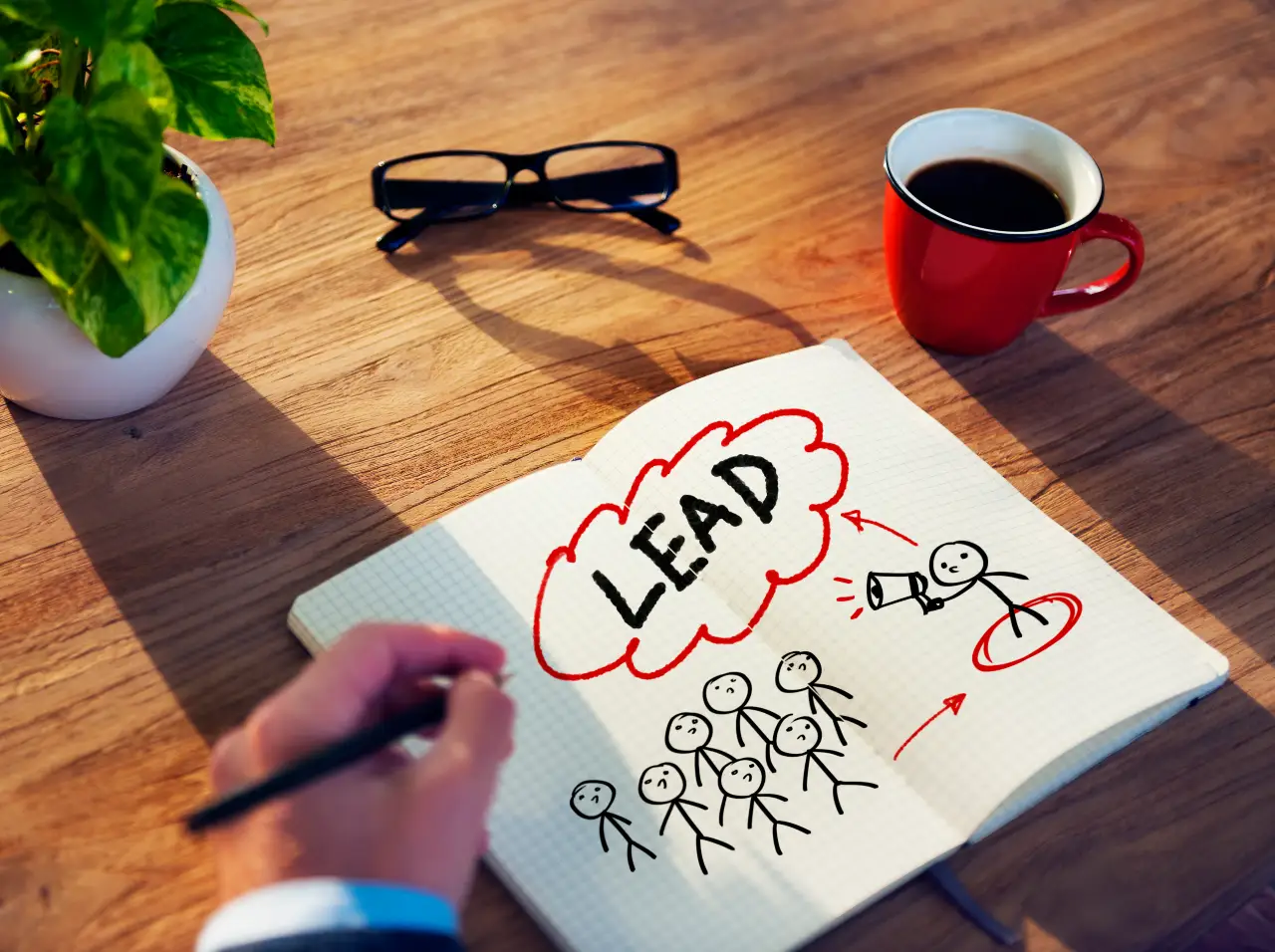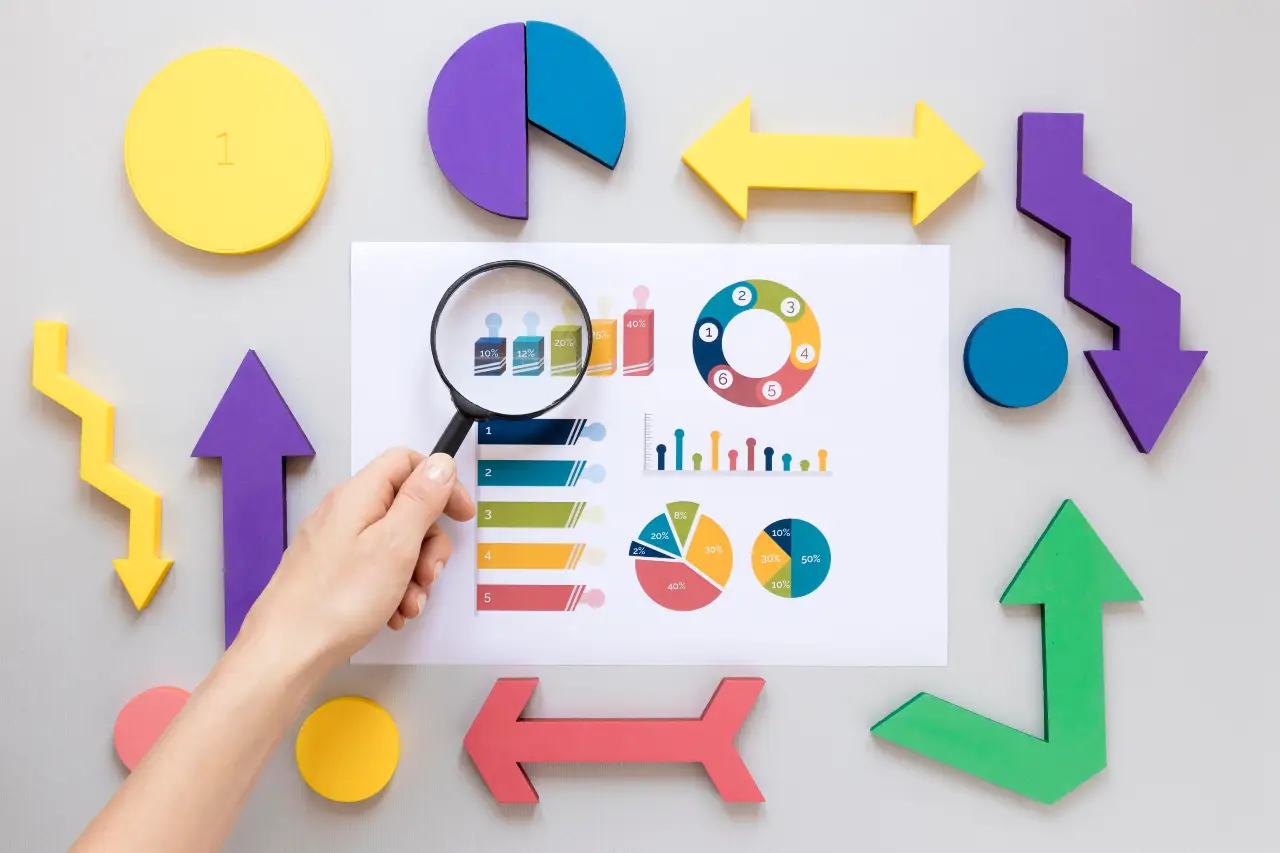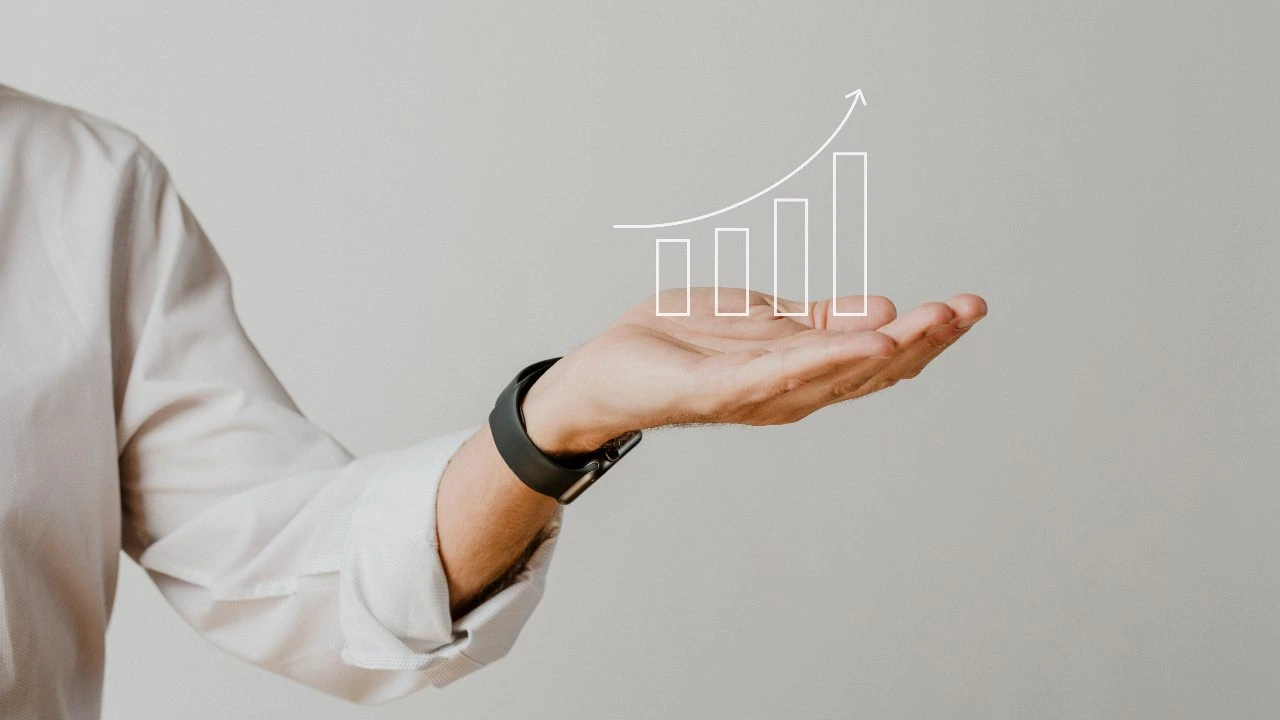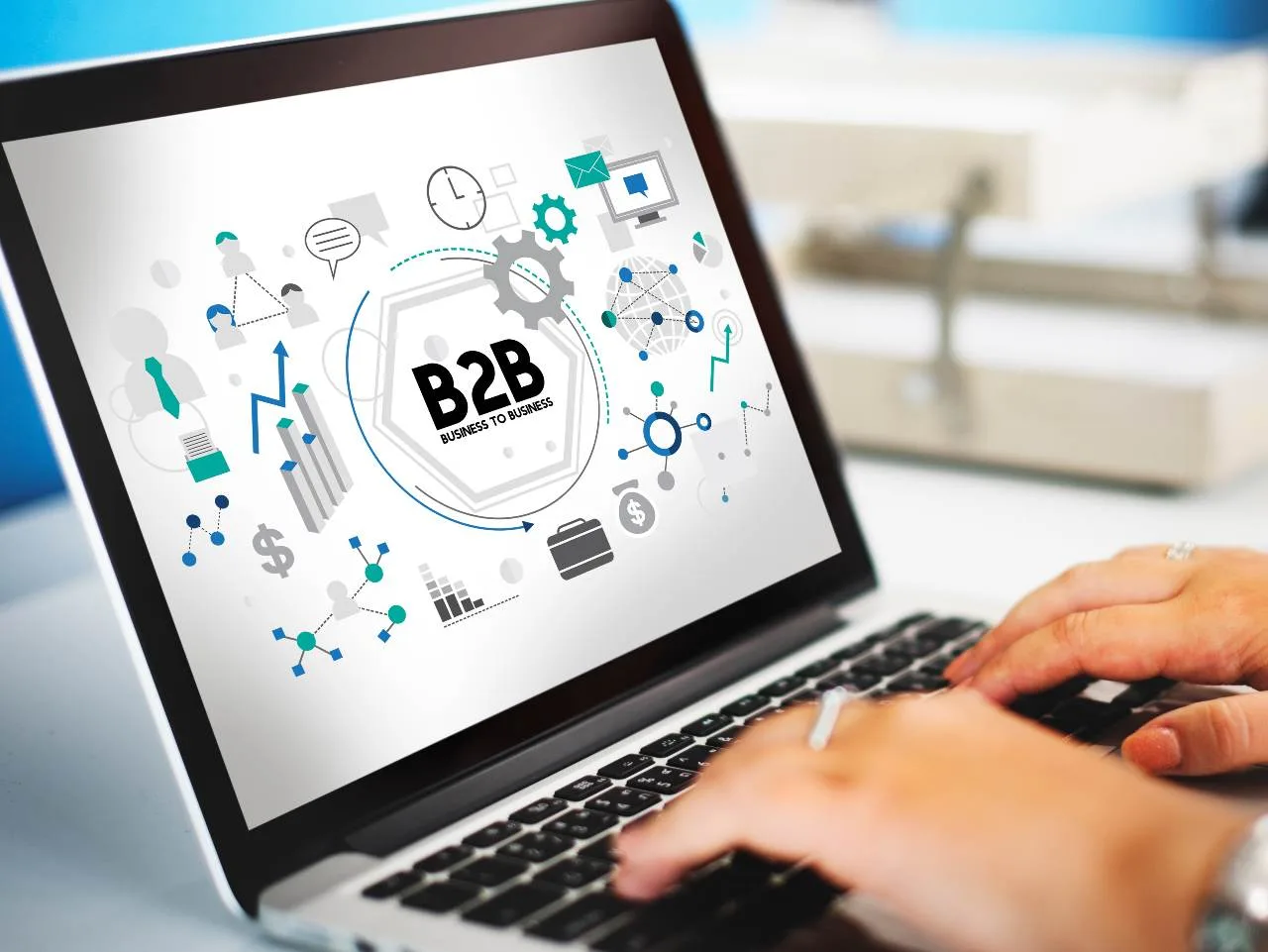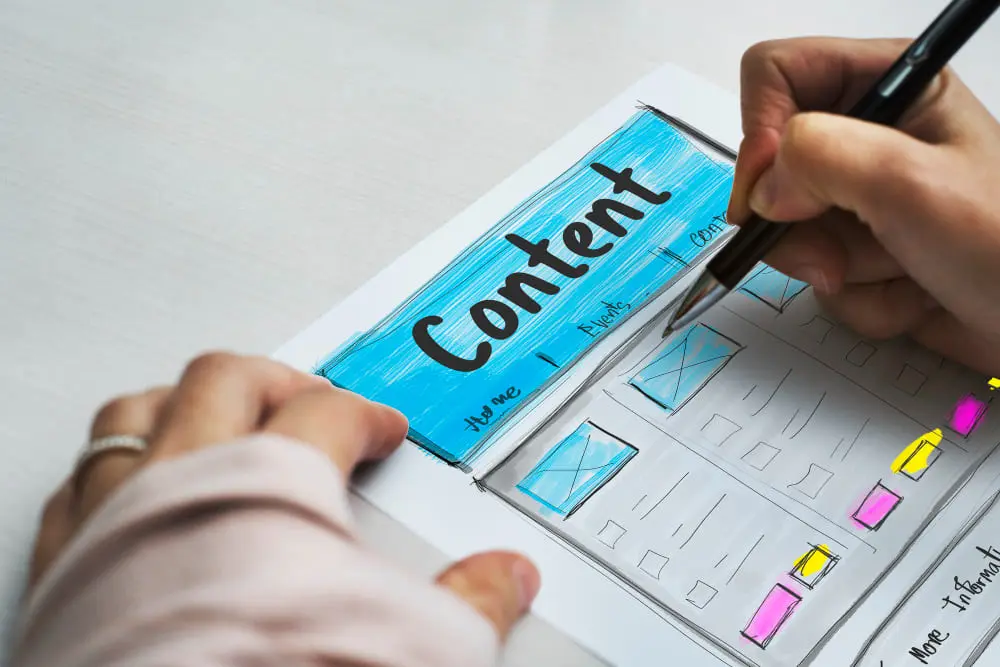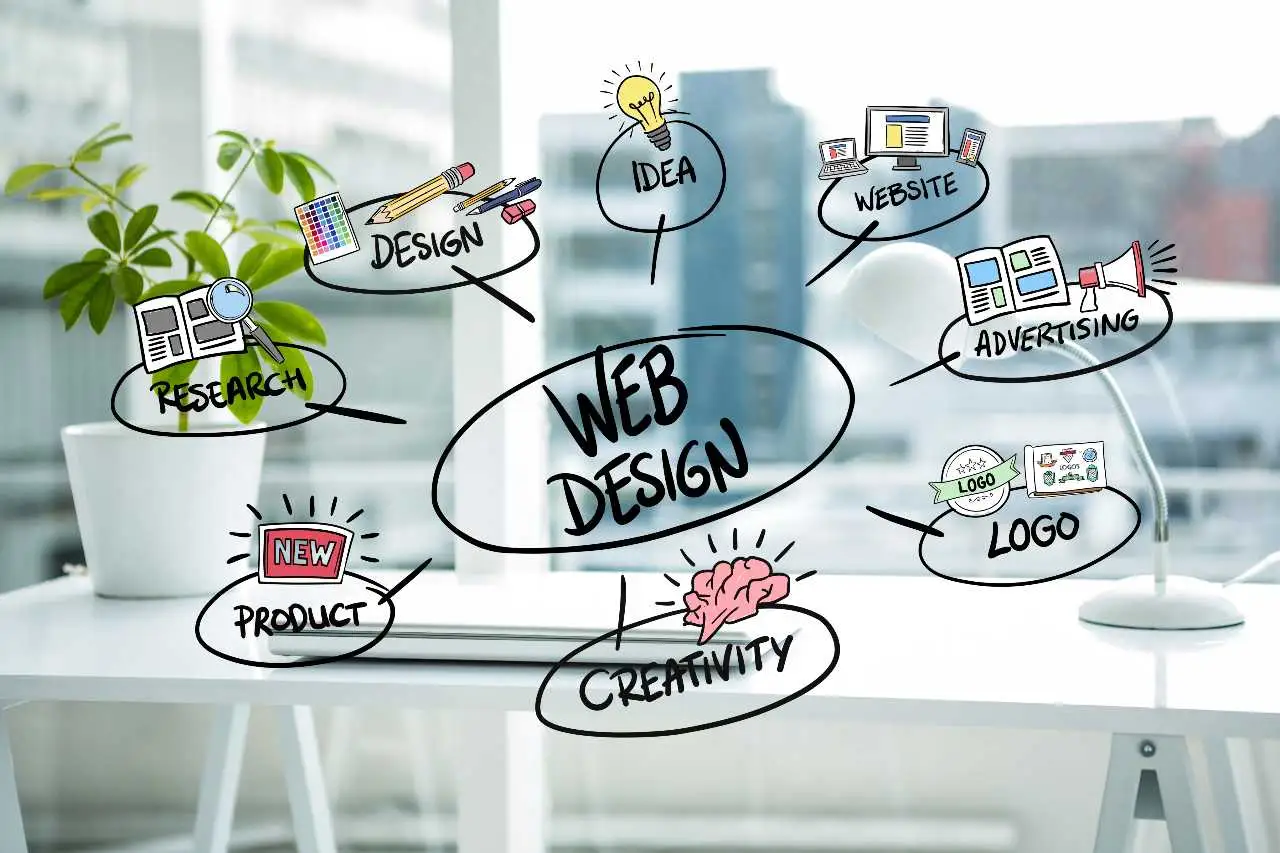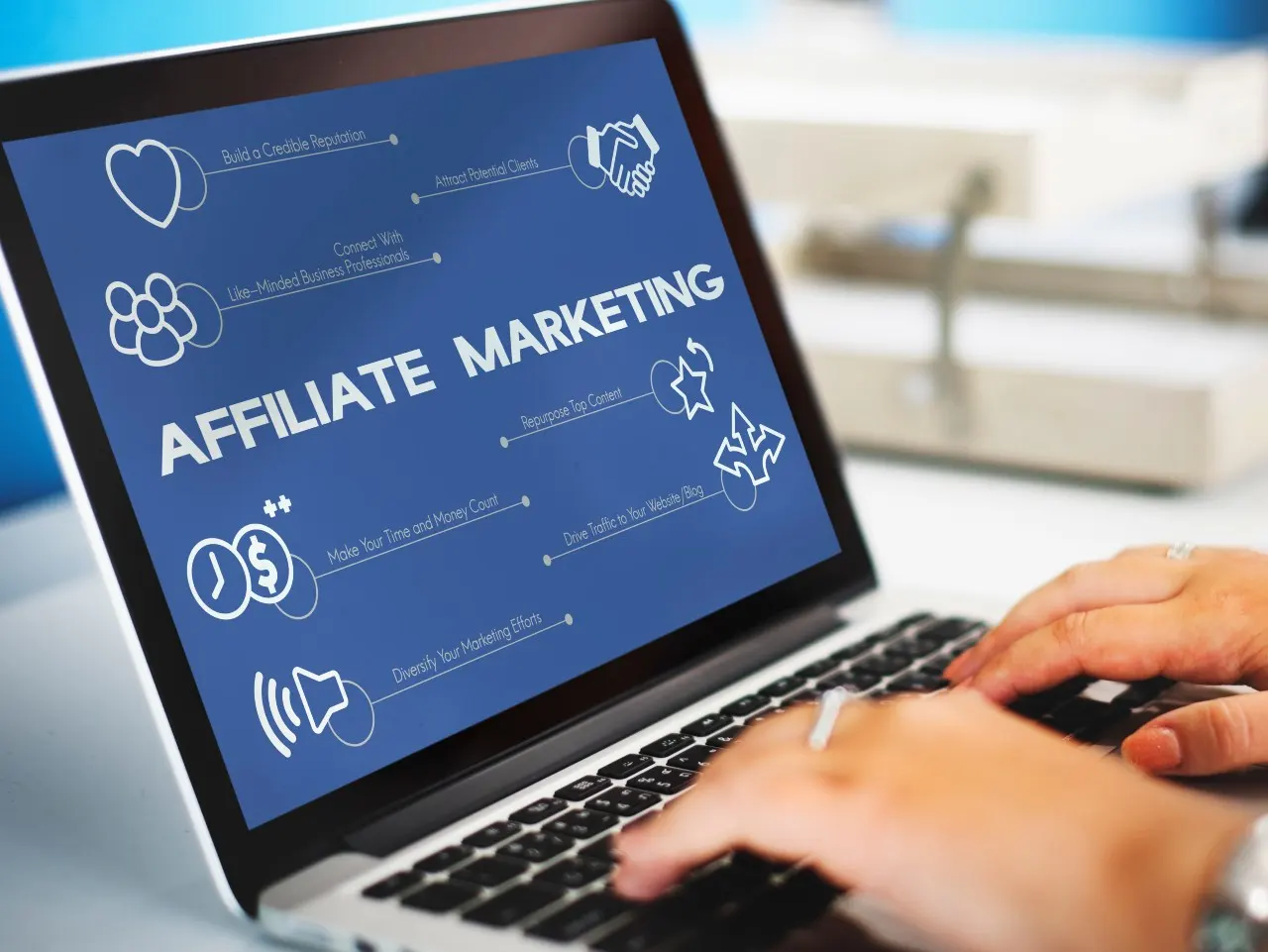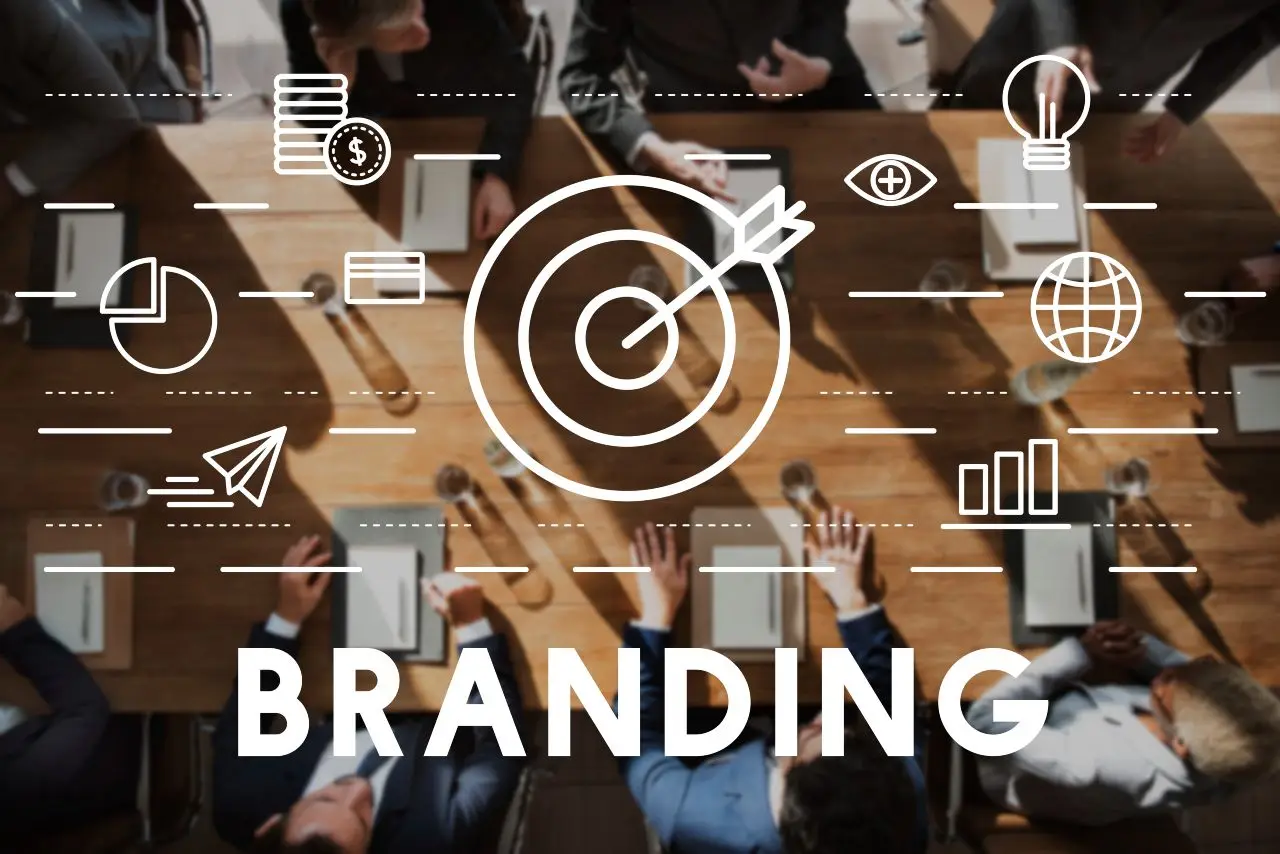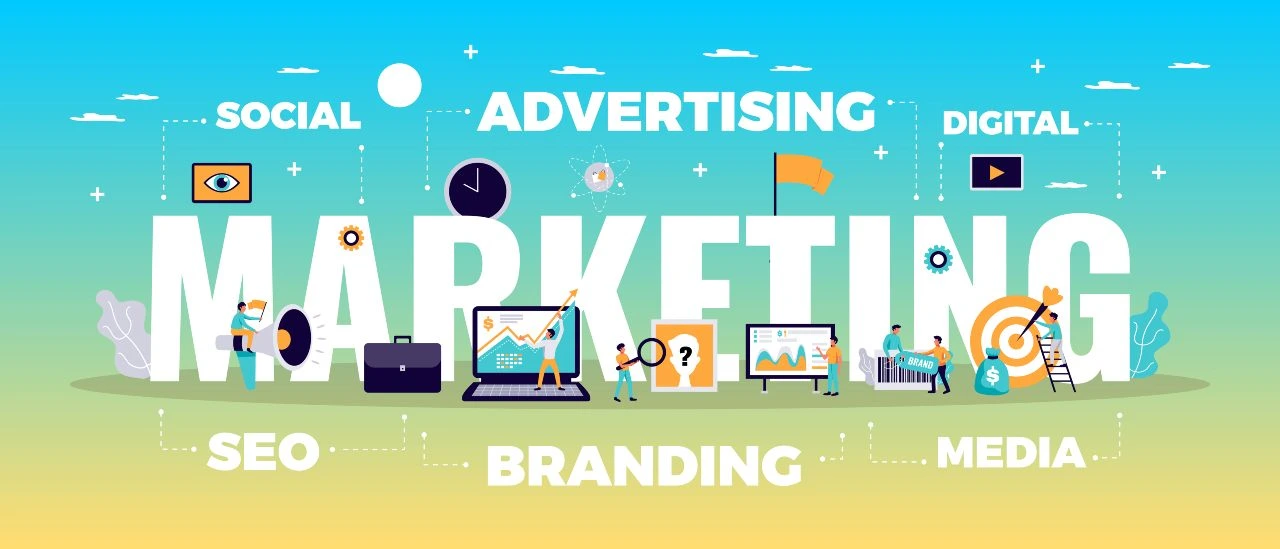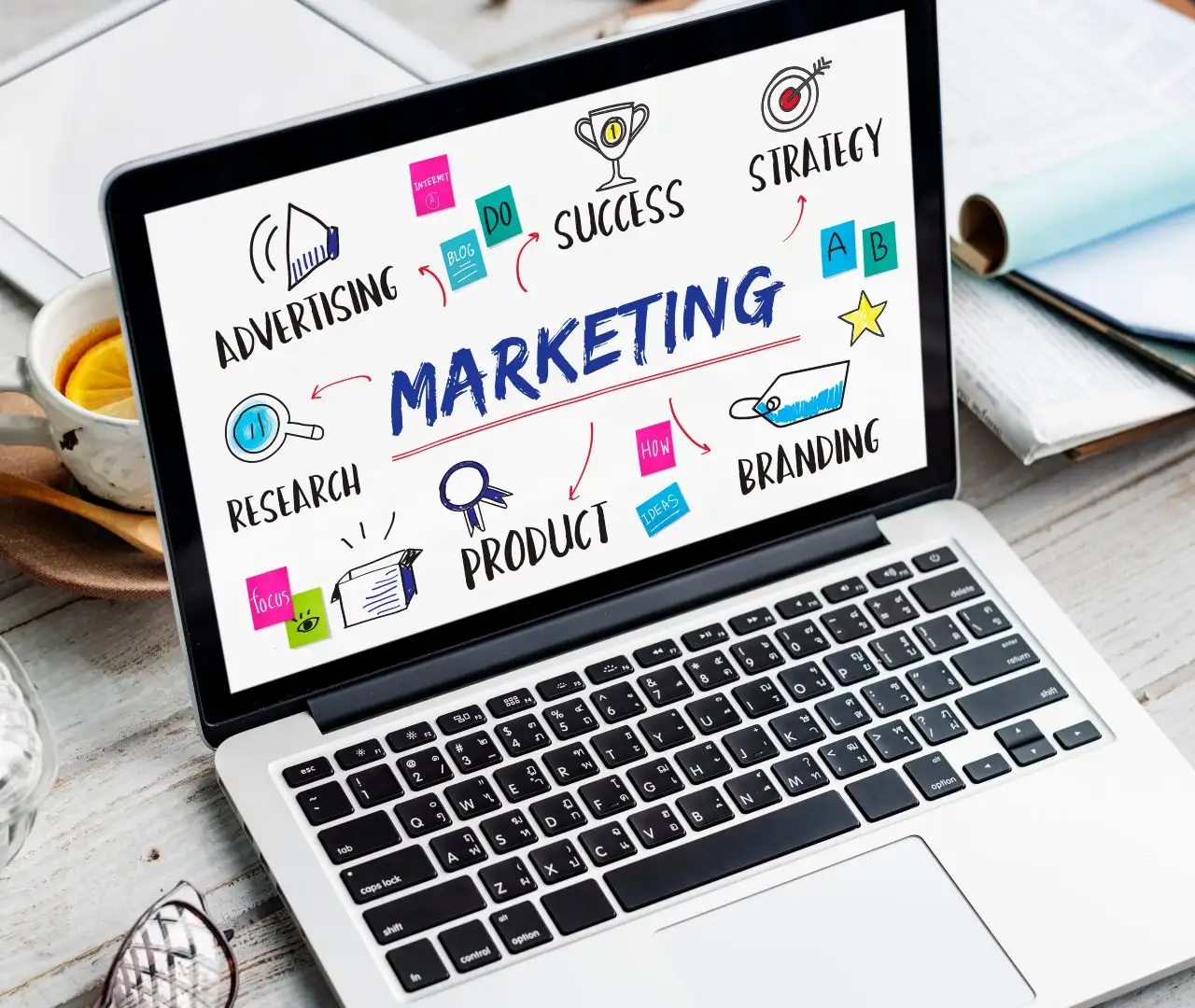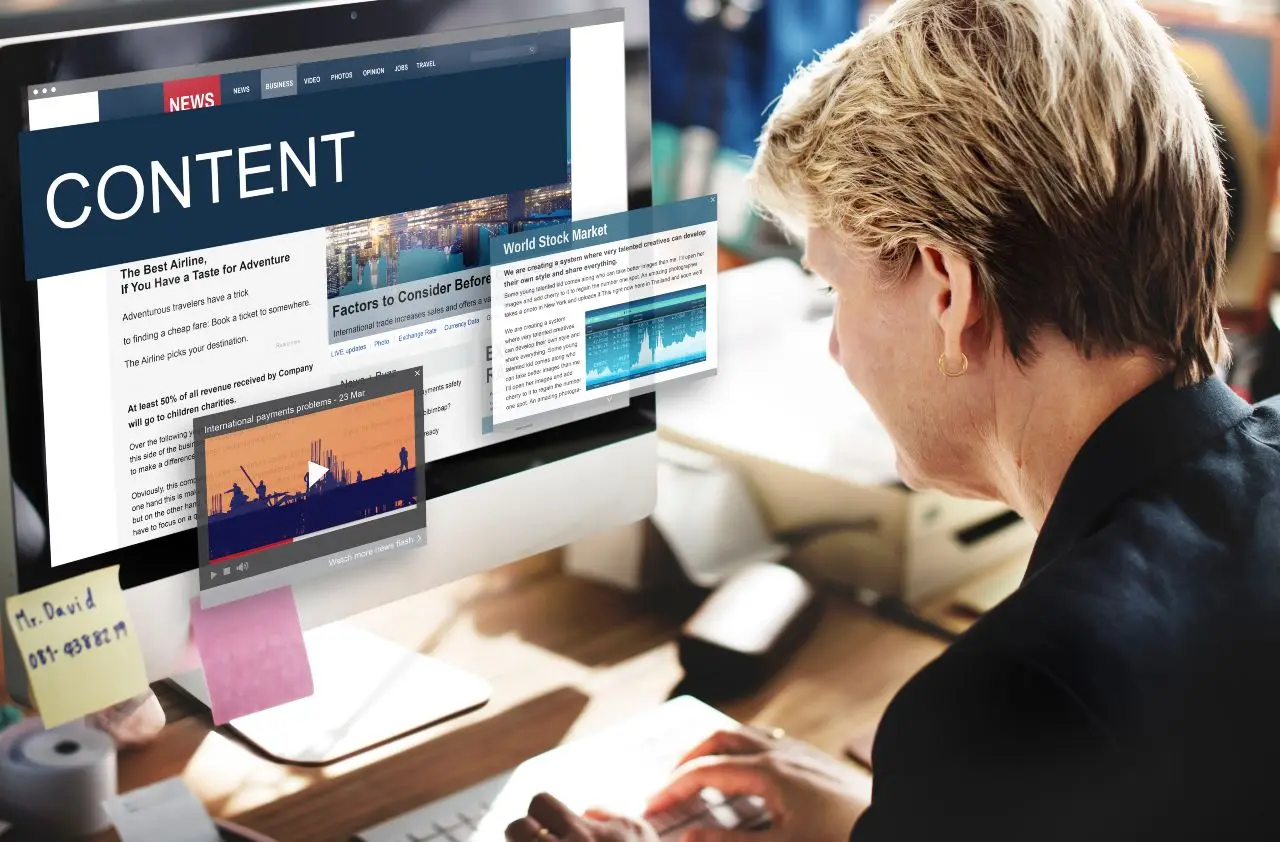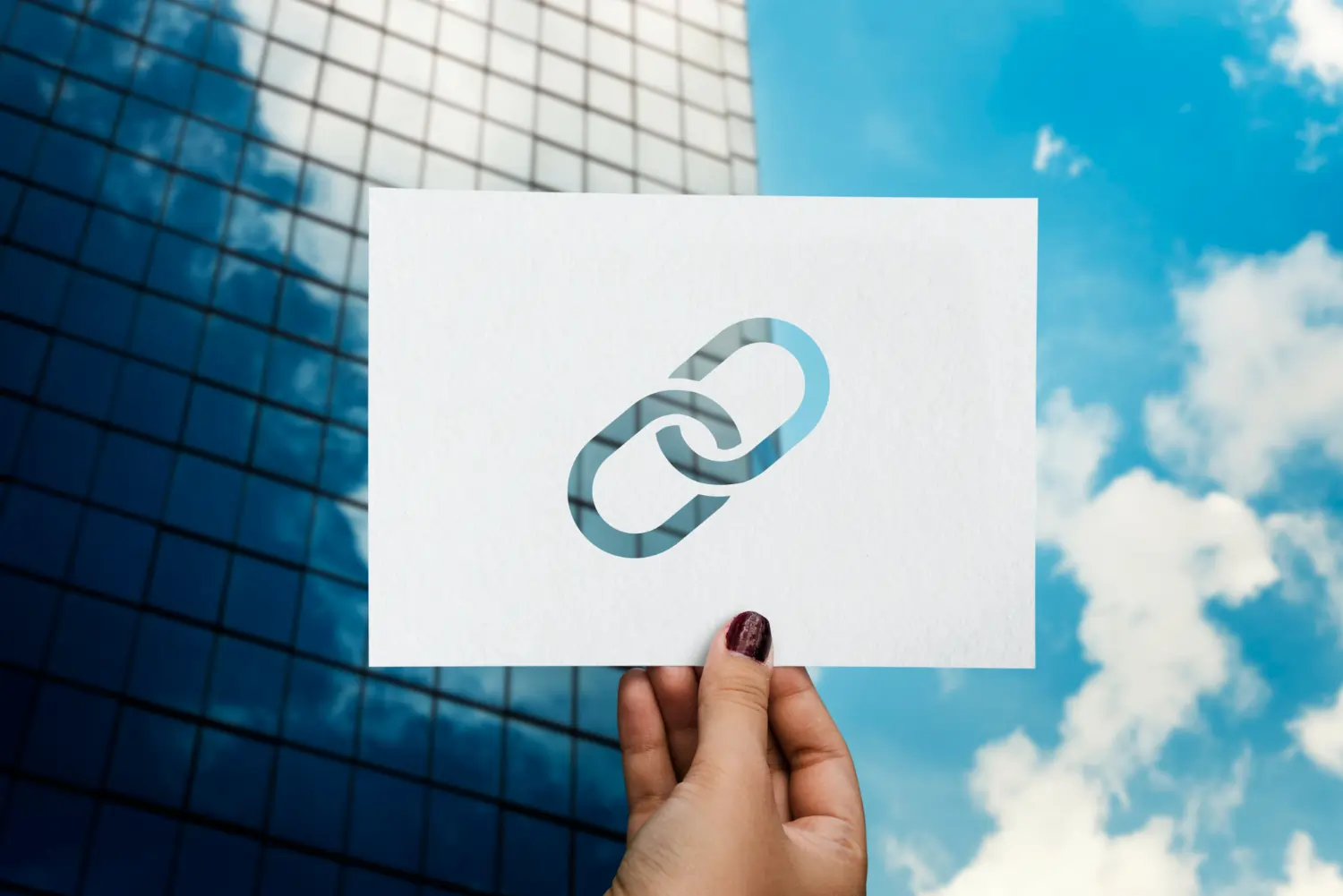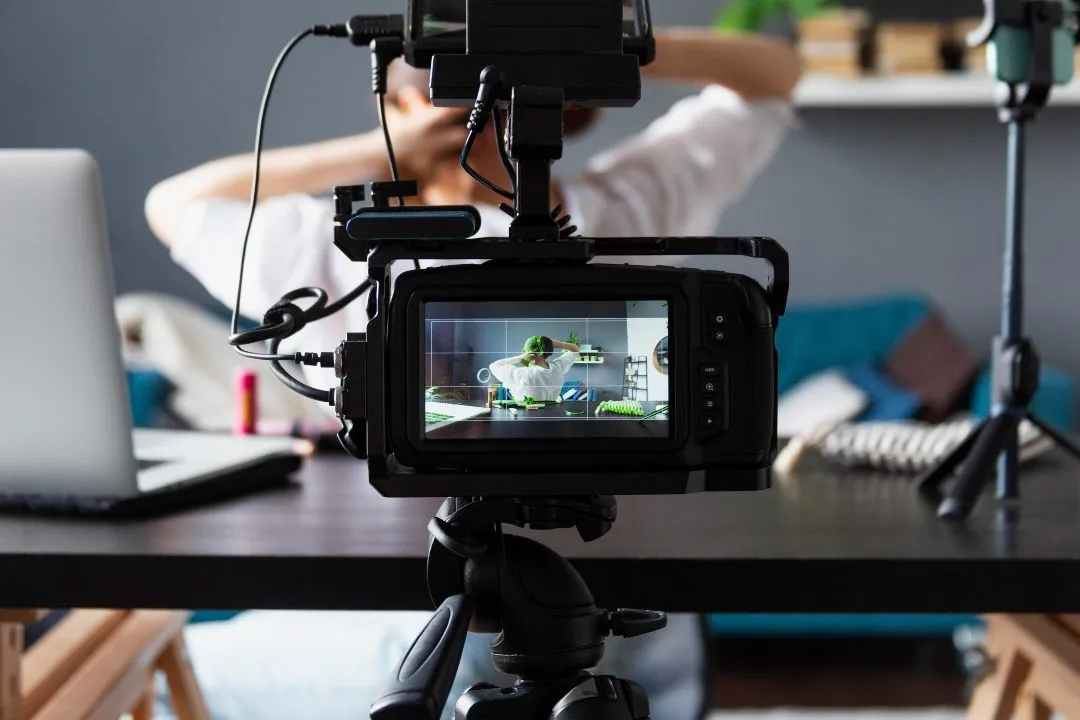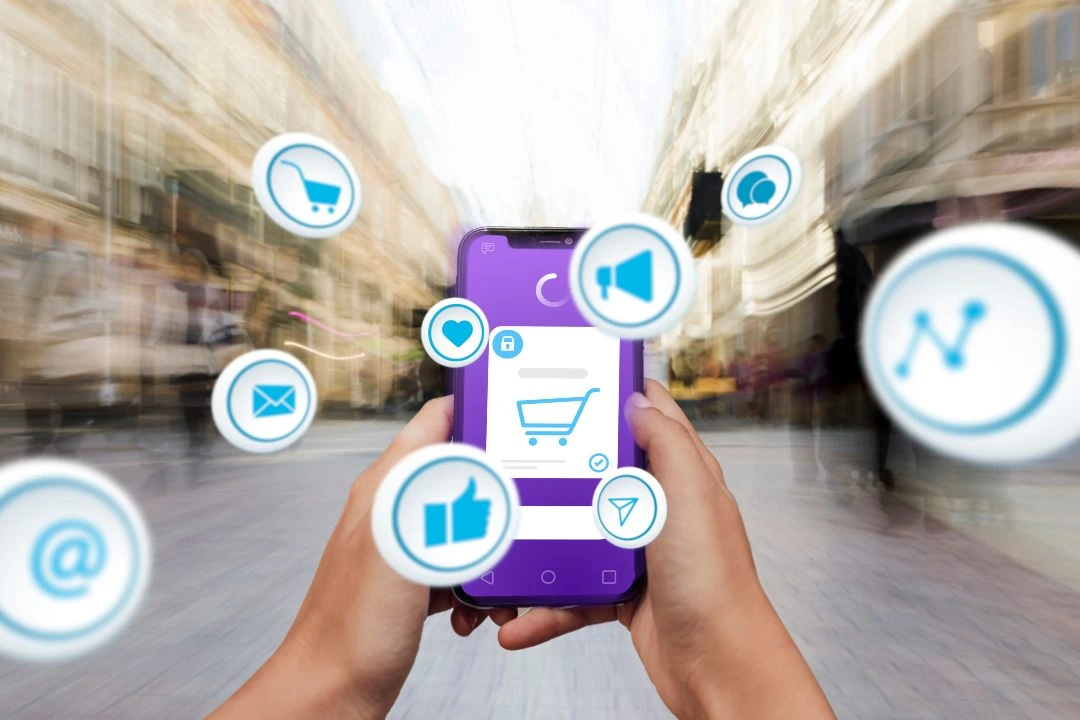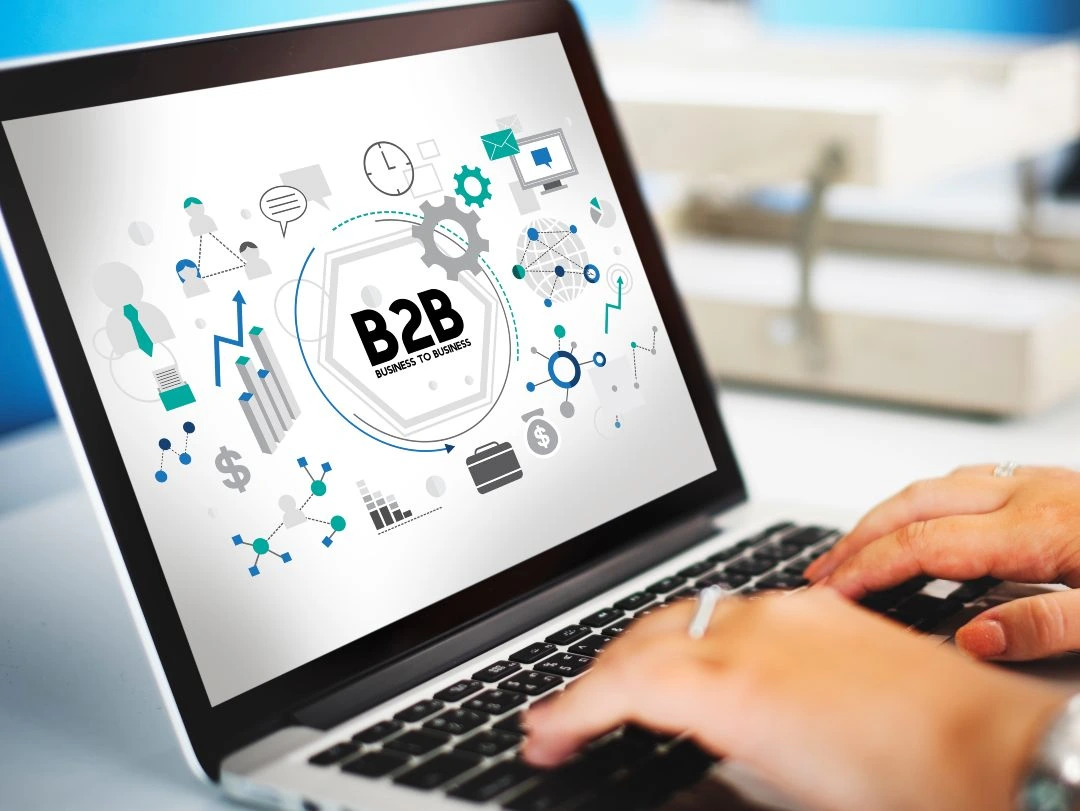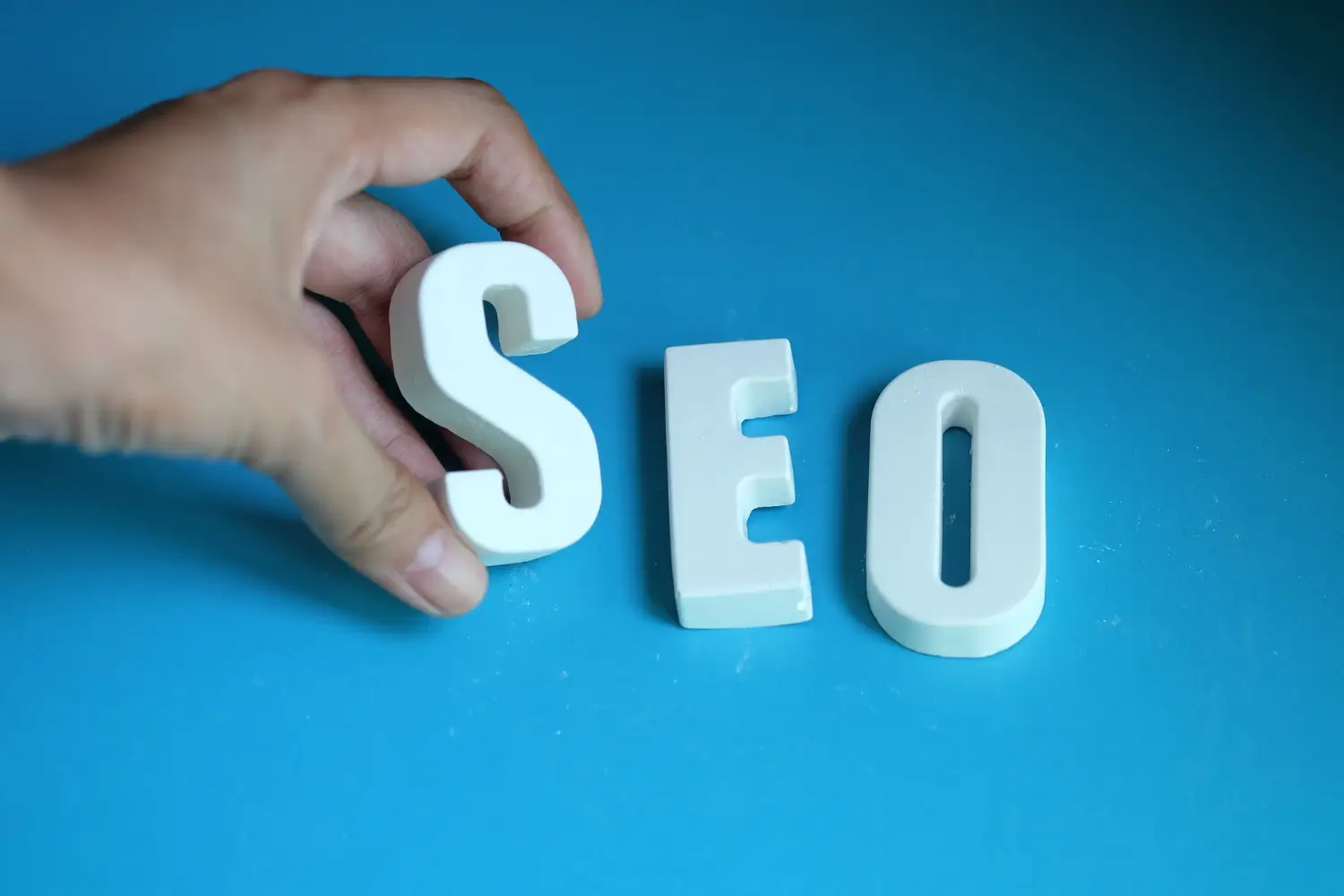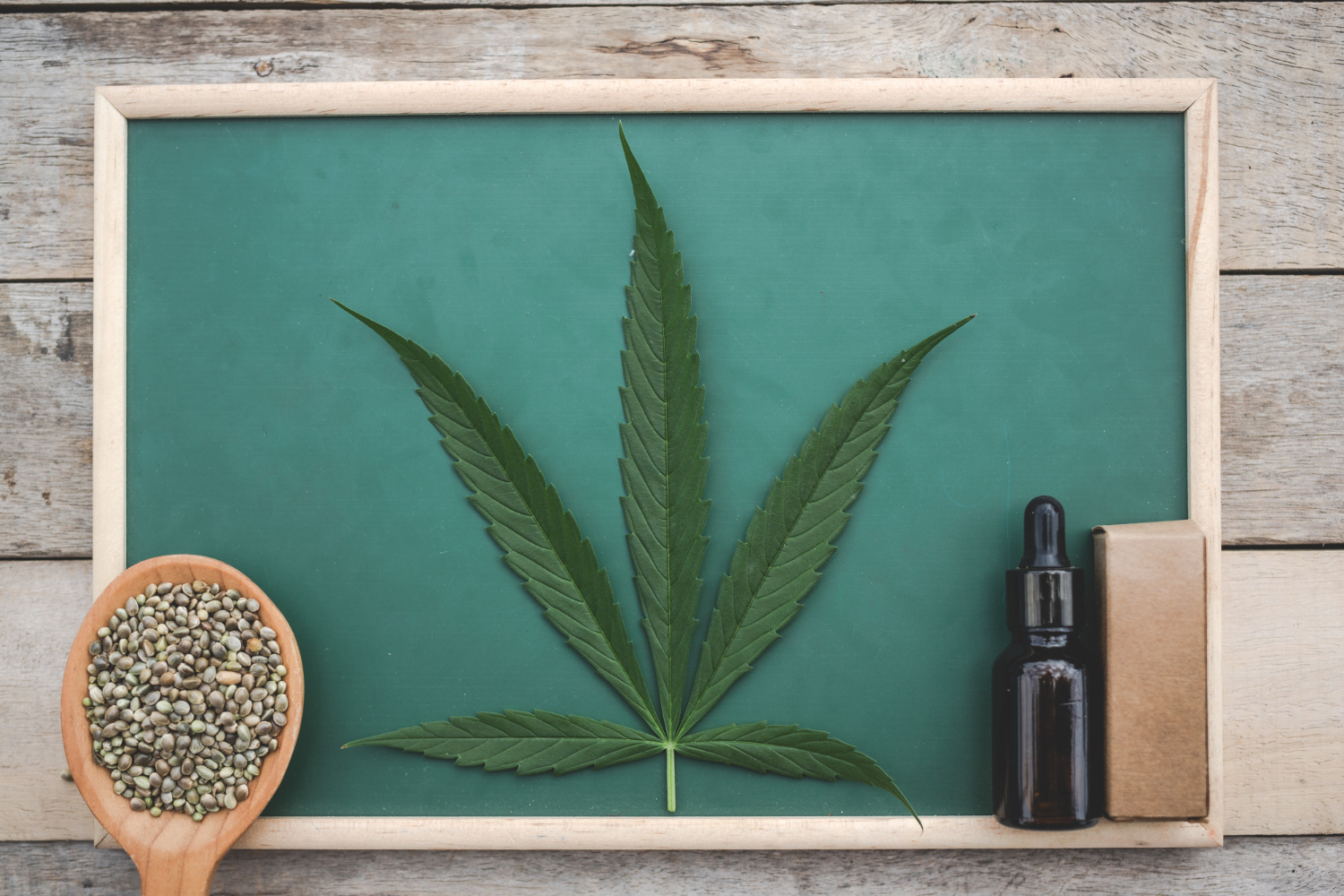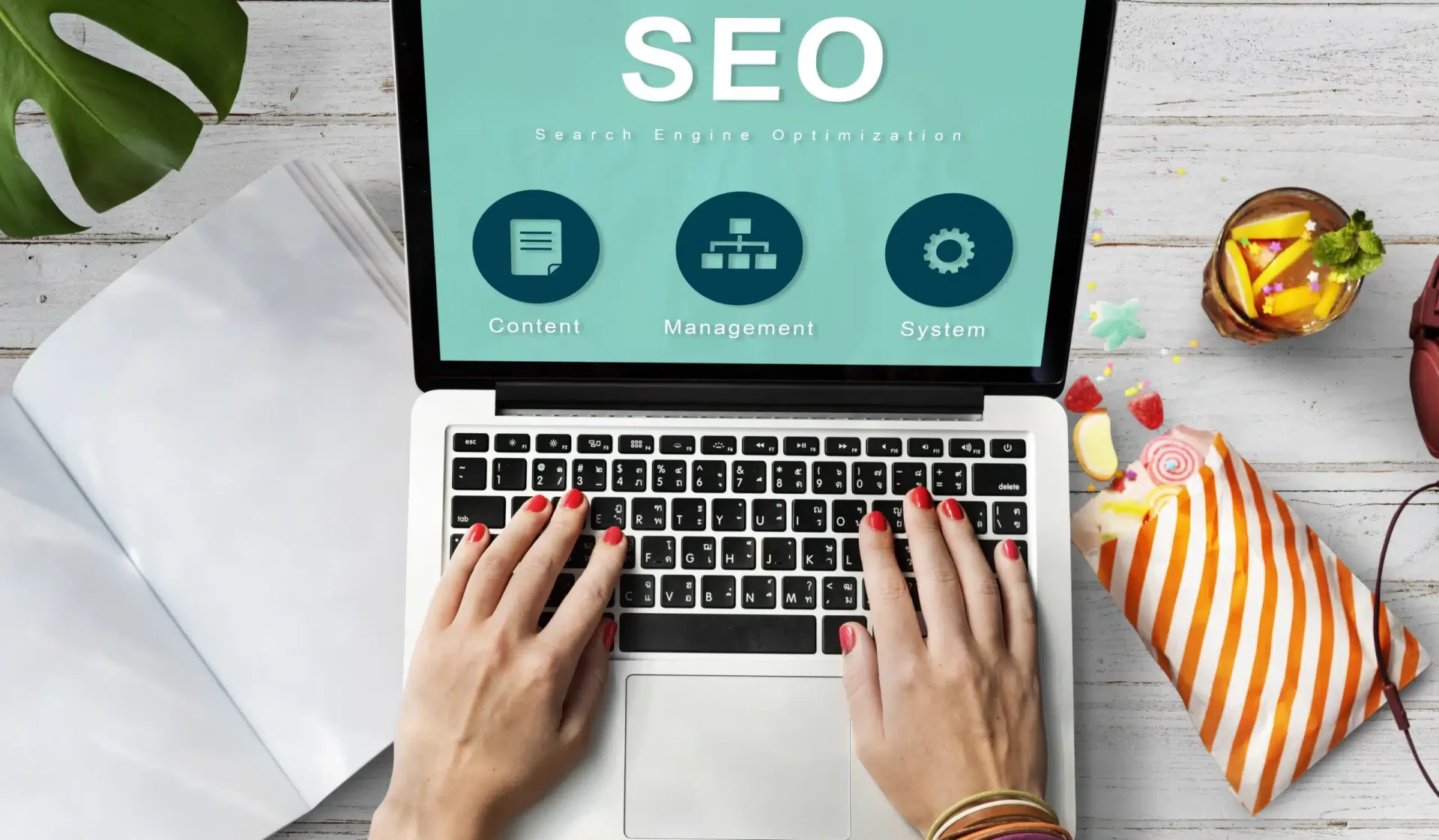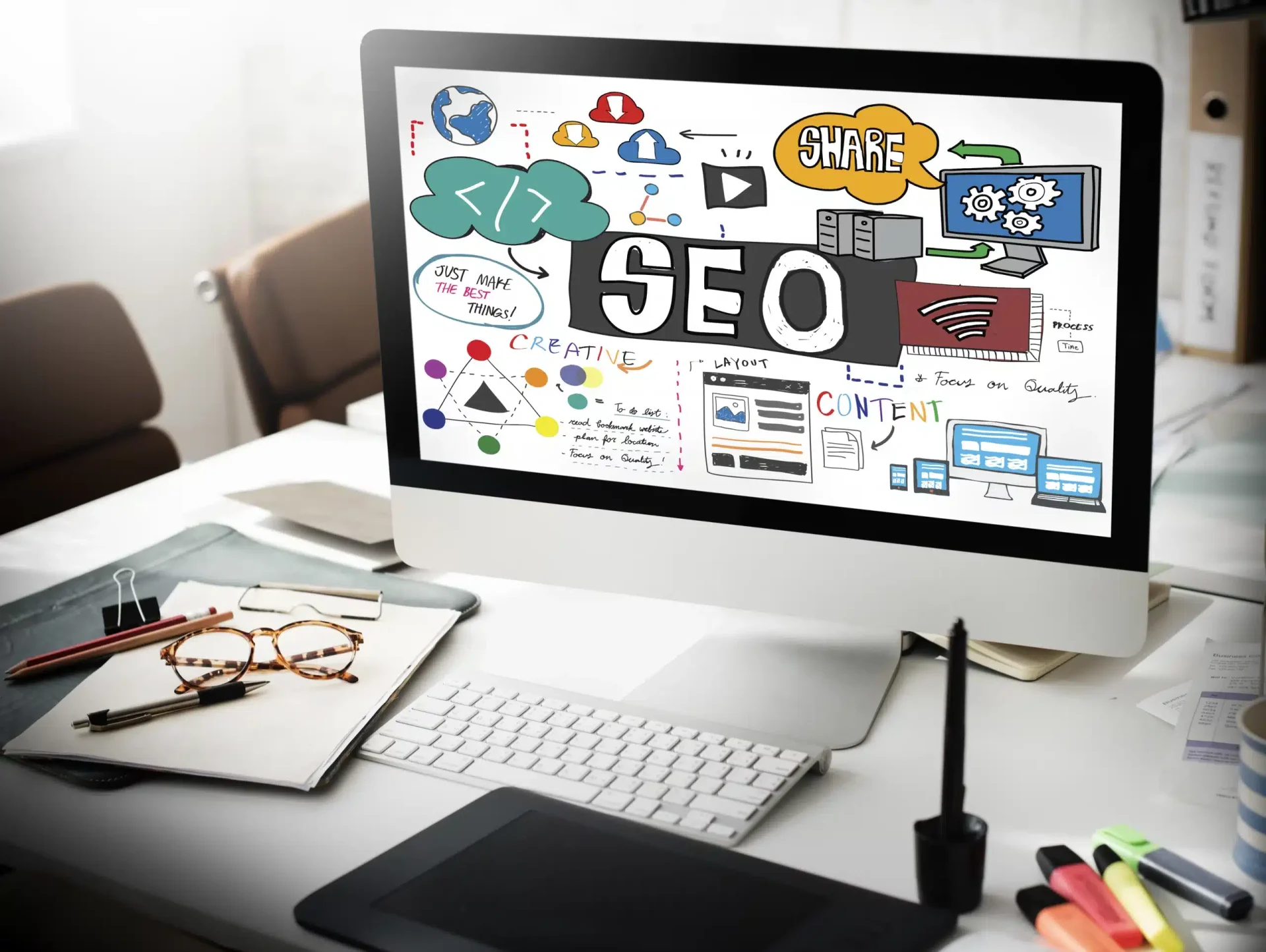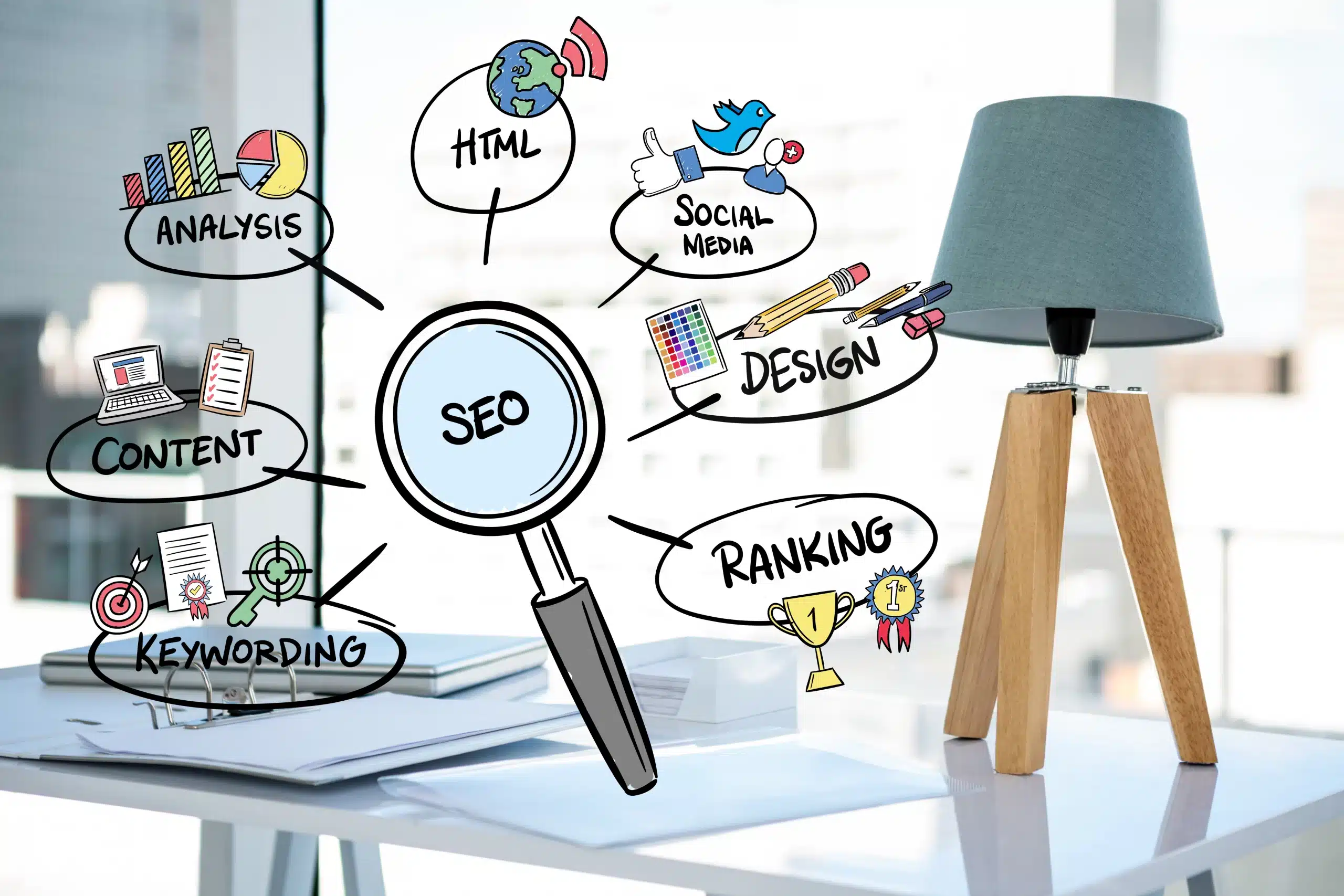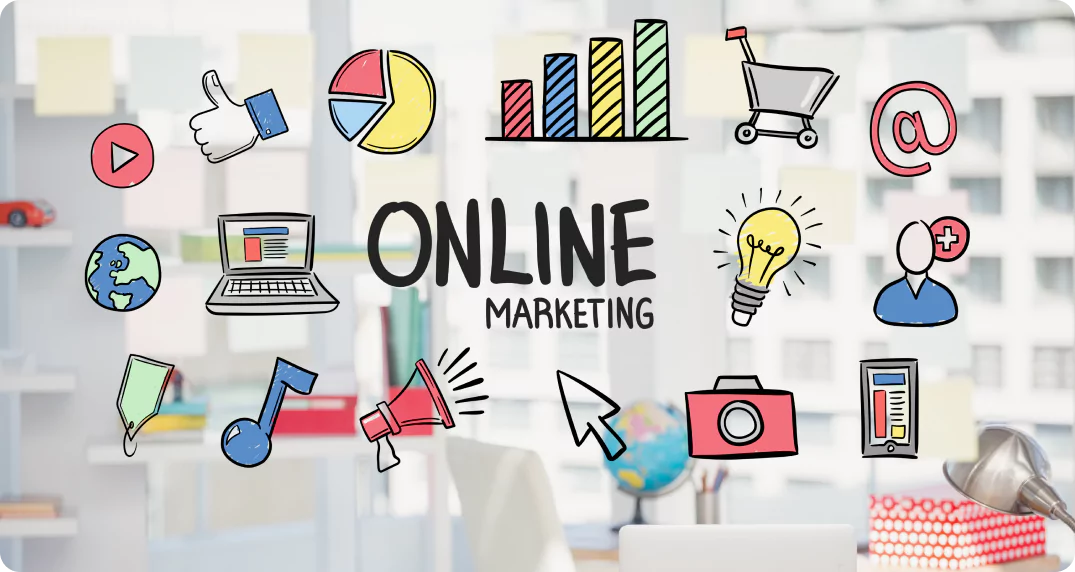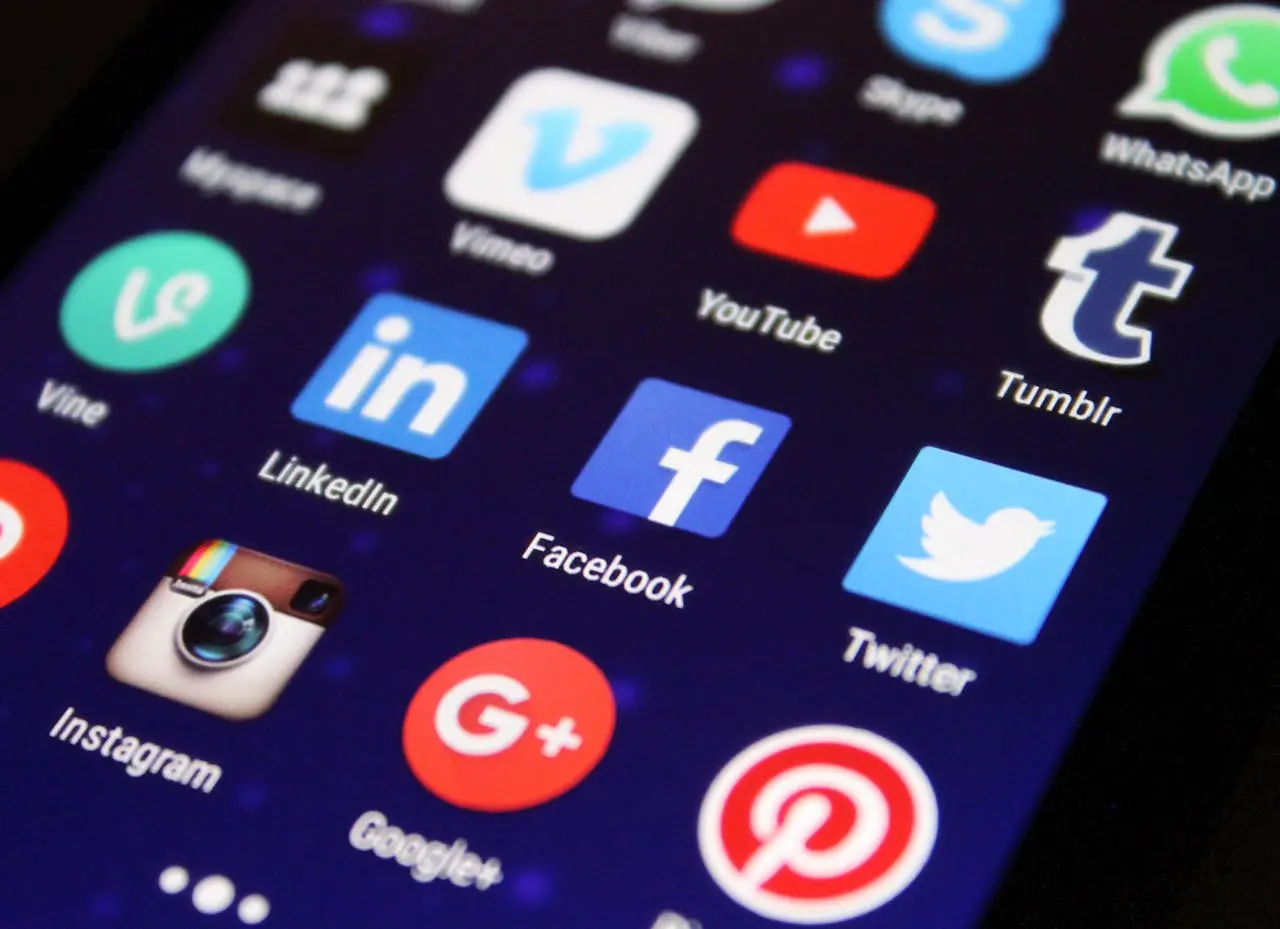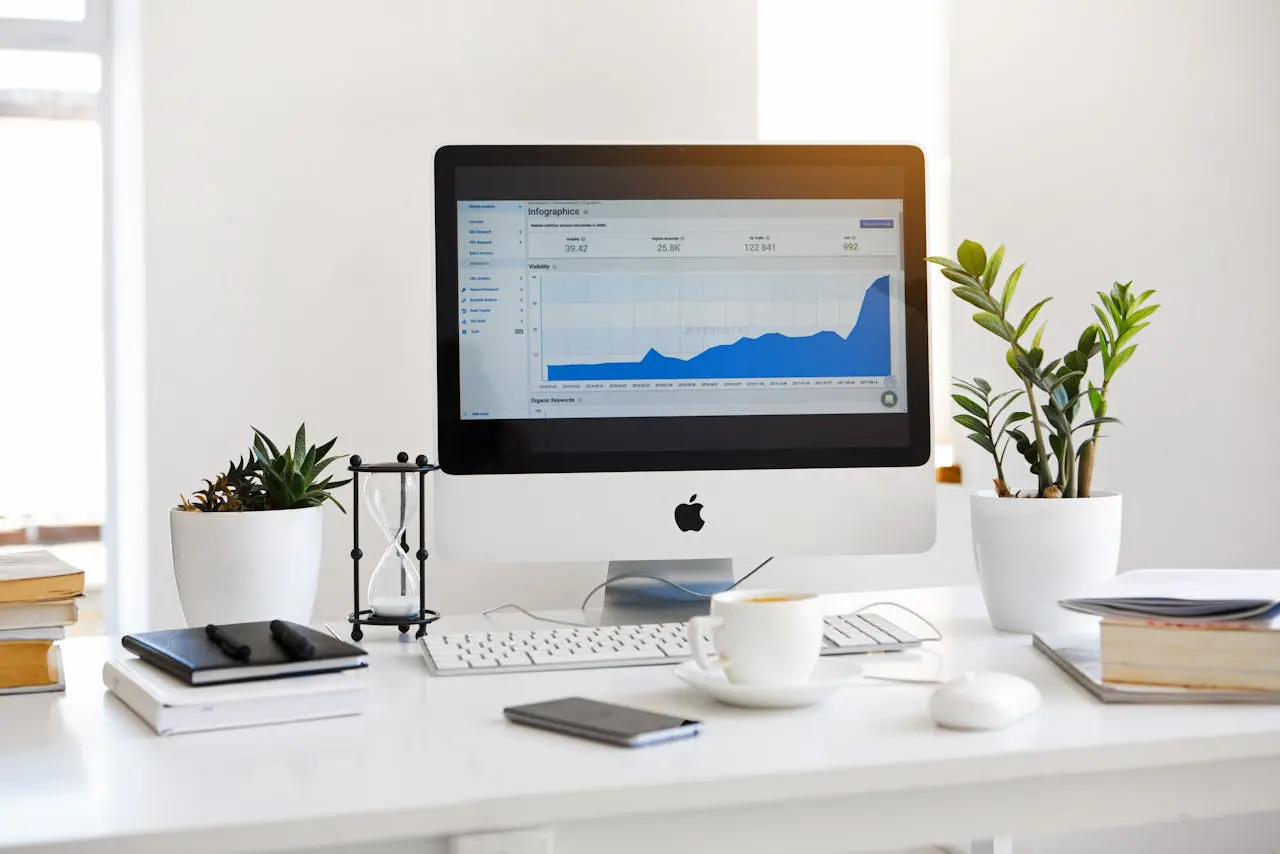In the dynamic world of digital advertising, staying ahead requires more than just intuition. It demands a deep understanding of the latest trends and data-driven strategies. That’s where performance marketing statistics come into play, offering a crucial lens through which marketers can evaluate and optimize their efforts.
Are you leveraging the most up-to-date insights to drive your campaigns? From the rise of AI in automation to the evolving cost-per-click (CPC) landscape and the impact of customer experience, the factors influencing marketing performance are constantly shifting.
In this article, we’ll explore the key performance marketing statistics shaping the future of the industry, providing actionable insights to help you refine your strategies and maximize ROI.
AI and Machine Learning: The Game-Changers for Performance Marketing
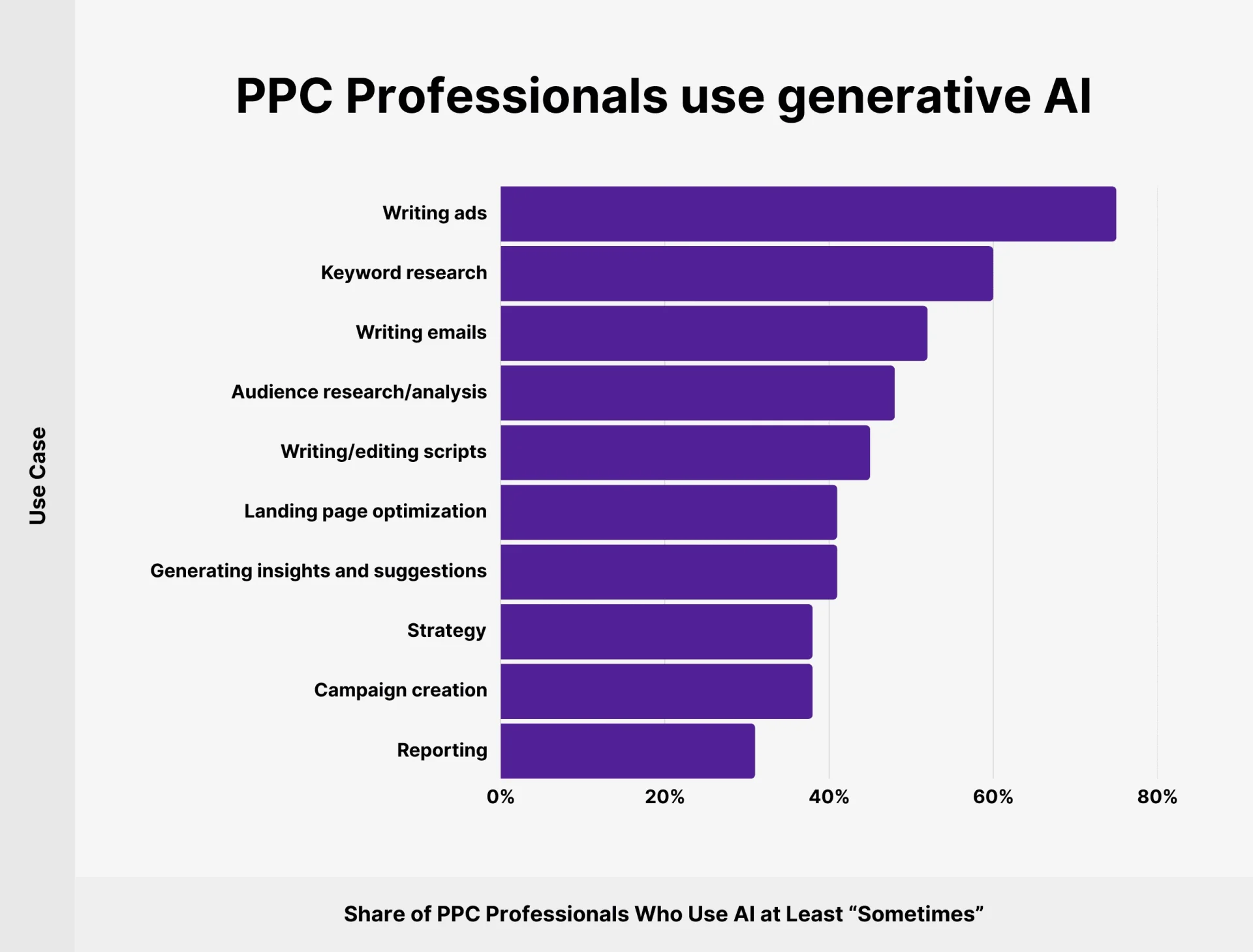
Source: Backlinko
Artificial intelligence (AI) and machine learning (ML) are no longer futuristic concepts—they’ve become vital components of modern performance marketing strategies. As competition intensifies and customer expectations rise, businesses depend on these technologies to unlock deeper insights, deliver hyper-personalized experiences, and streamline operations. With the ability to process and analyze massive data sets in real time, AI and ML empower marketers to make smarter, faster decisions that directly influence campaign success.
- AI and ML technologies enable a deeper understanding of data, allowing for more accurate predictions of customer behavior and preferences, which leads to more effective targeting. Source
- AI algorithms can now personalize product recommendations, content, and marketing messages based on individual user behavior, preferences, and interactions. Source
- AI and ML are instrumental in automating routine marketing tasks, from triggering email campaigns based on customer actions to optimizing real-time bidding in digital advertising. Source
- These technologies facilitate the continuous optimization of marketing campaigns by adjusting strategies in real-time based on feedback and performance data, thanks to ML algorithms. Source
- AI and ML have significantly impacted how brands process consumer information, leading to increased marketing productivity across various processes. Source
- AI and ML are valuable in running successful marketing automation programs, enhancing their efficiency and effectiveness. Source
- They aid in analyzing and understanding buyer interactions with marketing content, which can lead to product purchases and help predict future trends. Source
Key Takeaway
Brands leveraging AI and ML technologies are not only gaining a competitive edge but are also reshaping how marketing delivers value. These tools allow marketers to cut through the noise with targeted, data-driven strategies while dramatically improving operational efficiency. As AI continues to learn and evolve, marketers who embrace these advancements will be best positioned to meet their audience’s ever-changing needs.
Pro Tip:
Use AI not just for automation but for innovation. Experiment with predictive models to forecast customer trends, implement advanced personalization techniques to create meaningful customer connections, and explore emerging AI-driven tools to stay ahead of your industry’s curve. Early adoption can define your competitive advantage.
AI on Marketing Automation and Personalization
AI is no longer a futuristic concept—it’s a transformative force reshaping how brands connect with their audiences. By seamlessly integrating AI into marketing automation, businesses are unlocking new levels of efficiency and hyper-personalization, empowering marketers to focus on strategy rather than manual tasks. In a world where customer expectations for tailored experiences are higher than ever, AI offers the tools to not only meet but exceed these demands.
- 61.4% of marketers currently leverage AI in automated marketing processes to enhance their workflows. Source
- By the end of next year, 74% of marketers expect over 25% of their tasks to be AI-driven, signaling a significant jump in automation adoption. Source
- 2023 saw a 250% surge in AI usage within marketing automation, underscoring the critical role of AI in modern strategies. Source
- Globally, 32% of marketers use AI for marketing automation in areas like paid advertising and personalized email campaigns. Source
- 88% of marketers report that AI enhances consumer journey personalization across different channels, elevating customer experience and engagement. Source
- By 2025, AI-driven personalization tools are projected to become essential for lead generation, advancing how businesses capture and nurture prospects. Source
Key Takeaway
AI’s accelerating adoption in marketing goes beyond automating repetitive tasks—it’s redefining the way marketers deliver value. From crafting hyper-relevant customer experiences to optimizing campaign performance in real time, AI enables businesses to achieve more with less effort. Forward-thinking brands are already incorporating AI to future-proof their strategies and gain a competitive edge.
Pro Tip:
Start small with AI-driven solutions by automating time-intensive processes like data segmentation, email scheduling, or ad bidding. Then, scale up by exploring advanced tools for predictive analytics and real-time personalization to drive deeper engagement and higher ROI. Tools like Salesforce Einstein, Marketo Engage, or ChatGPT integrations can help you unlock the full potential of AI-driven marketing.
How AI is Revolutionizing Video Marketing Strategies
Video content has become the lifeblood of digital marketing, but producing high-quality, engaging videos has traditionally been resource-intensive. That’s where AI is stepping in to transform the game. From automating mundane editing tasks to enabling hyper-personalized content, AI is empowering marketers to not only save time and resources but also craft more impactful and data-driven stories. As the demand for video content continues to grow, adopting AI-driven tools is no longer a competitive edge—it’s rapidly becoming a necessity.
- A notable 96% of marketers now believe that AI will play an increasingly critical role in marketing strategies in the near future, signaling a massive shift in priorities compared to previous years. Source
- In 2024, 84% of respondents reported using AI in some form during the video production process, with 22% producing content entirely in-house and 18% outsourcing selective tasks to external teams. Source
- Over half of marketers (55%) are prioritizing AI-assisted explainer or brand videos this year, leveraging AI to streamline storytelling and expedite production timelines. Source
- Budget constraints are less of a barrier thanks to AI: 53% of marketers intend to cap video project expenses at $5,000 or less, while 20% are focusing their spending on premium content exceeding $15,000, showcasing the diverse cost efficiencies AI offers. Source
Key Takeaway
AI isn’t just a tool—it’s becoming the backbone of modern video marketing. By automating workflows and making high-quality production affordable, AI empowers brands to consistently deliver engaging content without breaking the bank. Whether you’re a small business trying to make the most out of a modest budget or an enterprise scaling up its campaigns, AI provides the flexibility and efficiency that today’s competitive landscape demands.
Pro Tip:
To fully unlock AI’s potential in video production, experiment with tools like Synthesia or Pictory to create dynamic video content tailored to your audience. Start with smaller campaigns and refine your approach as you gain insights, ensuring your videos are not just cost-effective but also impactful.
Role of AR in Revolutionizing Mobile Advertising
Augmented Reality (AR) isn’t just a buzzword in the marketing world—it’s a game-changer for brands seeking to provide more memorable, engaging experiences. As consumers increasingly gravitate toward immersive content, brands have an incredible opportunity to leverage AR to blur the lines between digital and physical realities. By enabling audiences to interact with products and branded experiences in real time, AR delivers a level of engagement that static ads simply cannot match.
- Advertisers are using AR to craft experiences that let users engage with products or brand content interactively within ads. Source
- The global AR market is forecasted to hit $198 billion by 2025, driven in part by its growing adoption in mobile campaigns. Source
- By 2025, AR is expected to become a core strategy for brands aiming to captivate audiences through immersive, real-world digital integrations. Source
Key Takeaway
The adoption of AR in mobile advertising signals a powerful shift toward experience-driven marketing. As audiences increasingly demand more personalized and engaging content, AR offers a unique solution for brands to provide value and stand out in a crowded digital space. With the market for AR projected to skyrocket, marketers who embrace this technology early will gain a significant competitive advantage in creating impactful campaigns.
Pro Tip:
Start small when integrating AR into your campaigns. Whether it’s allowing users to virtually “try on” a product or interact with a digital version of your service, AR should solve a user problem or enhance their experience—not just serve as a flashy add-on.
PPC Costs: Key Insights and Strategic Opportunities
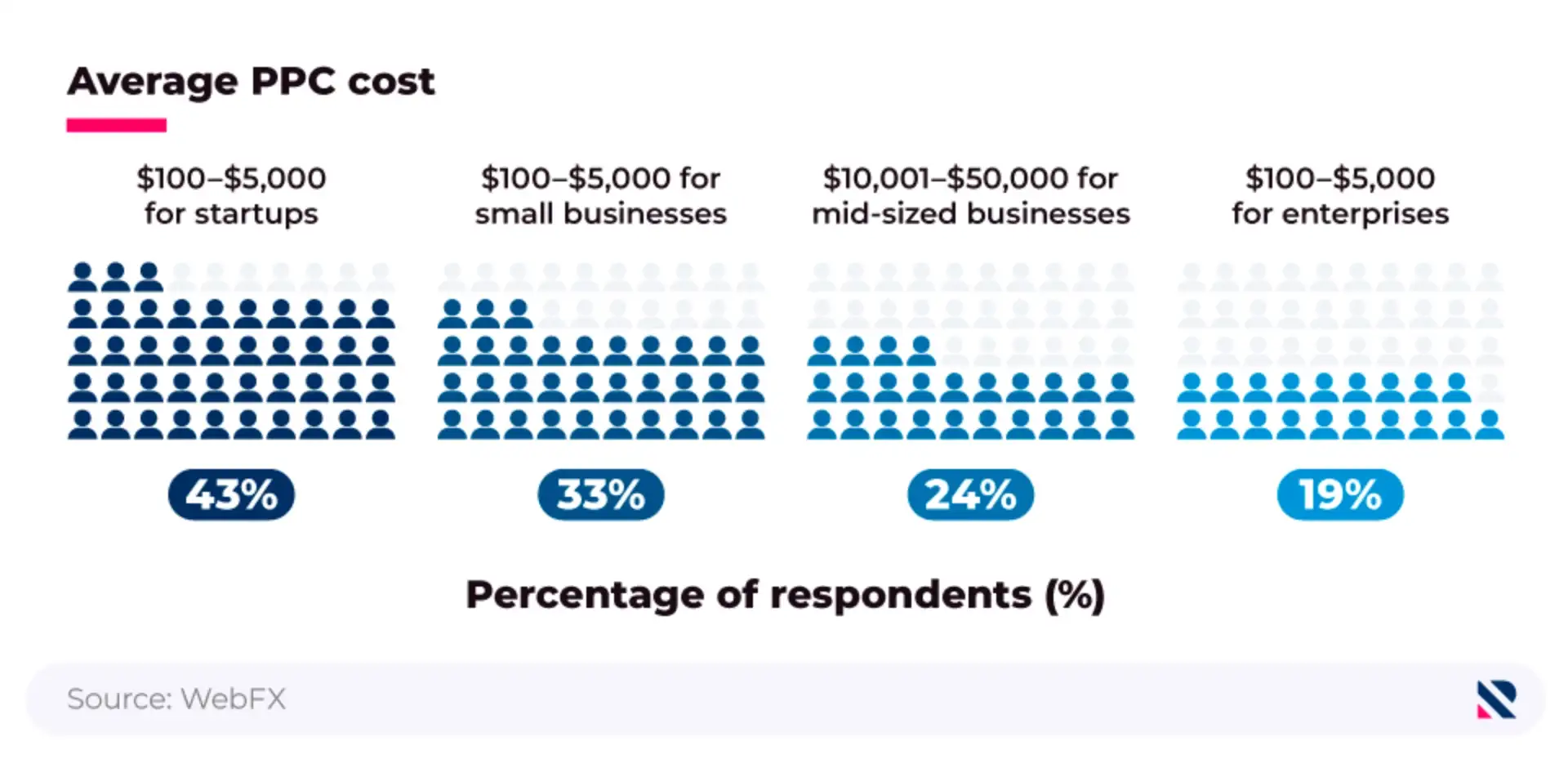
Source: Reboot Online
PPC advertising is more than just a budget item; it’s a strategic lever that can make or break your marketing ROI. In industries where competition is fierce, like legal or finance, understanding PPC cost structures—and how they shift across platforms, regions, and keywords—is critical for staying competitive. With paid search costs varying dramatically by sector and geography, optimizing spending requires a balanced mix of diversification, precision targeting, and real-time analysis.
- Loan-related keywords have an average CPC of $44.28, while insurance keywords are even costlier at $54.91. Source
- Lawyer-related keywords cost $42.51 per click, whereas credit-related keywords command a CPC of $36.06. Source
- Approximately 33% of small businesses allocate between $100 and $5,000 monthly for PPC campaigns. Source
- A significant 24% of mid-sized businesses invest between $10,001 and $50,000 each month in PPC advertising. Source
- Bing offers a potential cost advantage, with an average CPC about 33% lower than Google Ads. Source
- In retail advertising, the typical CPC is $1.24 on Bing, compared to less than $1 on Google Ads. Source
- Geographically, the United Kingdom reported the highest average CPC for Google Shopping Ads in May 2023 at $1.22, while Albania led Central and Eastern Europe with a CPC of 65 cents. Source
- The United States recorded the highest average CPC for legal services on Google Ads in May 2023 at $6.83, compared to just 34 cents in France. Source
- The Google Display Network showcased steep variations in CPC by industry in May 2023, with online education topping the charts at $9.95 and electronics at just 68 cents. Source
Key Takeaway
The sharp fluctuations in PPC costs highlight the need for laser-focused strategies tailored to your industry, location, and platform of choice. Platforms like Bing can stretch your ad dollars further, especially in industries with prohibitively high CPCs on Google. Additionally, understanding geographic CPC variances equips brands to prioritize regions where the cost of entry is lower without compromising ROI. Businesses need to actively monitor these patterns and pivot their budgets to optimize performance in a dynamic landscape.
Pro Tip:
Combine platform-specific insights with real-time performance analytics to maximize PPC efficiency. Tools like Google Ads’ Auction Insights and Bing Ads Intelligence can reveal untapped potential in high-value keywords or underutilized regions, allowing you to fine-tune campaigns for maximum impact.
PPC Potential: Strategies to Maximize CTR and Conversions
When it comes to paid advertising, success isn’t just about increasing visibility—it’s about driving action. Click-through rates (CTR) and conversions serve as the lifeblood of an effective PPC campaign, offering tangible proof that your ads are resonating with your audience. However, achieving competitive benchmarks requires more than a generic strategy; it demands a sharp focus on audience behavior, relevance, and actionable touchpoints that guide prospects through the buyer’s journey.
- Facebook ads maintain an average click-through rate (CTR) of 0.90% across all industries. Source
- The top three paid advertising spots capture approximately 46% of all page clicks. Source
- Users who click or interact with a PPC ad are 52% more likely to take the next step and call the business. Source
- Leveraging call tracking can increase PPC landing page conversions by over 2x. Source
- A third (33%) of users click on paid search ads when they directly address their search intent. Source
- Display ads drive 155% higher brand-related searches among consumers. Source
Key Takeaway
The numbers don’t lie—PPC campaigns, when optimized, can be a powerhouse for generating engagement and conversions. The key lies in knowing how to stand out in saturated ad spaces. Craft ad copy that mirrors user intent, secure premium ad placements, and leverage tools like call tracking to capture high-value leads. Additionally, don’t underestimate the ripple effect of display ads—they might not always lead to direct clicks, but the long-term brand awareness they foster can significantly amplify future search traffic.
Pro Tip:
Test, tweak, and refine. A/B testing your ad creatives, headlines, and CTAs can unearth valuable insights about what resonates most with your target audience. Use these learnings to continuously optimize and scale your campaigns effectively. For businesses aiming to integrate PPC with other channels, exploring full-service marketing solutions can ensure a cohesive strategy that drives sustained results.
Customer Experience and Data in Performance Marketing Success
Delivering exceptional customer experiences (CX) and leveraging data for strategic insights have become the cornerstone of high-performing marketing campaigns. In an era where consumers are more empowered and discerning than ever, businesses that invest in CX and data-backed decision-making aren’t just meeting expectations—they’re outpacing competitors. These elements are no longer optional—they’re essential for sustainable growth and brand loyalty.
- 75% of consumers are more inclined to increase their spending with companies that deliver excellent customer experiences. Source
- Customer experience is now a primary differentiator, even beyond price, quality, and delivery speed. Source
- A significant 44% of businesses lack a clear understanding of their marketing’s impact, highlighting the need for better metrics. Source
- An overwhelming 87% of marketers recognize data as their company’s most underutilized asset, indicating a missed opportunity for data-driven optimization. Source
Key Takeaway
The clear takeaway is that CX is no longer just a competitive advantage—it’s the baseline expectation. Meanwhile, the underutilization of data represents a massive gap that businesses can turn into an opportunity. By re-aligning their strategies to focus on the customer journey and employing powerful data tools, organizations can create campaigns that are not only impactful but also measurable. It’s all about turning raw data into actionable insights and finding new ways to connect on a personal level with your audience.
Pro Tip:
Consider implementing technology such as AI-driven analytics or customer journey mapping tools to identify CX pain points and opportunities in real time. These tools not only enhance the personalization of your efforts but also ensure you’re extracting the full value from your data, setting the foundation for smarter and more successful campaigns
Why Conversion Rate Optimization is Dominating Performance Marketing Metrics
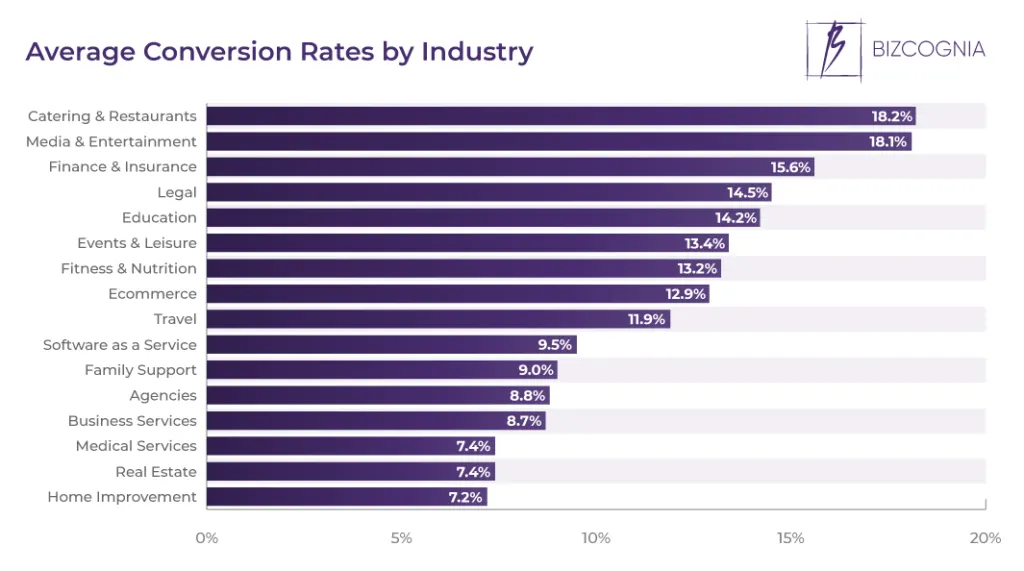
Source: Bizcognia
In the competitive world of performance marketing, brands are shifting their focus toward data-driven outcomes that directly impact profitability. Conversion Rate Optimization (CRO) has risen to prominence as a leading KPI because it centers on maximizing the efficiency of existing traffic rather than solely concentrating on acquiring new leads. By refining the user journey and ensuring every touchpoint is optimized, businesses can extract greater value from their marketing efforts without significantly increasing costs.
- More than one-third of marketing leaders consider conversion rates their top KPI. Source
Key Takeaway
The growing emphasis on CRO signals a shift toward smarter, more intentional marketing strategies. Instead of spreading budgets thin across multiple channels, savvy marketers are doubling down on strategies that deliver tangible results through fine-tuned experiences. Optimizing your website, landing pages, and checkout processes can turn more visitors into paying customers, effectively increasing ROI across campaigns.
Pro Tip:
CRO isn’t a one-and-done task—it’s an ongoing process. Regularly review heatmaps, session recordings, or user feedback to pinpoint friction points. Pair this with tools like Google Optimize or Optimizely to run A/B tests that uncover what truly resonates with your audience.
Transforming the Mobile E-commerce Experience: Tackling Cart Abandonment
Mobile commerce is no longer a side player—it’s the primary channel for many shoppers today. However, while the convenience of mobile shopping has skyrocketed, so have cart abandonment rates on these platforms. This disconnect presents a massive opportunity for businesses to close the gap between browsing and buying by addressing mobile-specific pain points and delivering a frictionless shopping experience. Let’s break down the numbers and what they reveal about the evolution of mobile e-commerce:
- Smartphones suffer from significantly higher cart abandonment rates at 74.21%, compared to desktops at just 29.32%. Source
- This amounts to a staggering 170% higher abandonment rate on mobile devices versus desktops, highlighting the urgency of optimizing mobile shopping. Source
- Common culprits for mobile cart abandonment include small screens, inadequate product descriptions, and cumbersome checkout processes like excessive authentication requirements. Source
- With mobile becoming the go-to shopping channel for younger, tech-savvy consumers, reducing cart abandonment isn’t just about recapturing lost sales—it’s about future-proofing your e-commerce strategy. Source
Key Takeaway
Cart abandonment on mobile isn’t just a frustrating metric—it’s a reflection of untapped revenue potential and missed opportunities for customer loyalty. In a world where consumers expect seamless, instant, and intuitive shopping experiences, even small improvements like simplifying the checkout process, offering more detailed product imagery, or enabling one-click payments can lead to significant revenue gains. As mobile commerce cements its dominance, optimizing for mobile isn’t just a nice-to-have; it’s critical for staying competitive in an increasingly crowded e-commerce space.
Pro Tip:
To truly reduce mobile cart abandonment, consider implementing tools like heatmaps or session recordings to identify pain points in your mobile user journey. Use this data to continually iterate and refine your mobile experience, from faster load times to thumb-friendly navigation.
Exploring the Impact of Amazon Advertising on Modern Marketing Strategies
Amazon has rapidly evolved from an eCommerce giant into a powerhouse in the advertising world, reshaping how brands connect with consumers. With its vast user base and high-intent shoppers, the platform offers unique opportunities that go beyond traditional ad networks. By leveraging Amazon’s impressive range of ad formats and performance insights, marketers can tap into unparalleled levels of engagement and conversion potential. Here’s a closer look at the numbers behind Amazon’s advertising dominance:
- Amazon is the third most popular advertising platform. Source
- Sponsored product ads on Amazon have the highest sales-per-click. Source
- Clicks on Sponsored Products and Sponsored Brands convert at over three times the rate of Google Shopping ad clicks. Source
- In 2023, Amazon earned $46.91 billion in net U.S. digital ad revenues. Source
- Search ads account for $7.09 billion of net ad spending on Amazon in the U.S. Source
- Display ads account for $2.76 billion of net ad spending on Amazon in the U.S. Source
- Amazon’s average cost-per-click (CPC) is $0.77. Source
- Sponsored products account for 85% of ad spending on Amazon. Source
- Amazon’s U.S. ad search revenue share represents 12% of total ad spending. Source
Key Takeaway
Amazon’s dominance in the ad world isn’t just a reflection of its scale but also its ability to deliver results. With conversion rates that outshine competitors and sponsored product ads leading the charge in ad spend, Amazon provides a measurable return on investment for advertisers targeting customers already in a “buying mindset.” For marketers, the data underscores the importance of focusing ad spend on platforms where intent meets opportunity, and Amazon’s ecosystem checks both boxes.
For businesses looking to diversify their marketing channels beyond Amazon, exploring complementary digital marketing strategies for small businesses can help expand reach and drive growth. Whether you’re targeting broader audiences or niche markets, combining Amazon’s ad insights with other digital marketing tactics ensures a well-rounded approach that maximizes ROI.
Pro Tip:
To make the most of your Amazon ad campaigns, double down on Sponsored Products while experimenting with complementary formats like Sponsored Brands and Display Ads. Pair data-driven strategies with tools like Amazon Advertising Console or external platforms like Helium 10 to refine your targeting and ad placement, ensuring maximum ROI for your efforts.
Conclusion
As we’ve explored, the latest performance marketing statistics reveal a dynamic landscape driven by innovation in AI, machine learning, video production, and augmented reality. These trends are reshaping how marketers engage with audiences, optimize campaigns, and deliver personalized experiences at scale. Whether it’s leveraging AI to predict customer behavior, automating tasks for efficiency, or using AR to create immersive ad experiences, there’s no shortage of opportunities to innovate and excel.
However, success lies in more than just adopting new tools—it’s about understanding your audience, analyzing data effectively, and crafting strategies that address their needs while maximizing ROI. From reducing mobile cart abandonment to capitalizing on Amazon’s advertising potential, the numbers tell a clear story: performance marketing is evolving, and businesses that adapt will thrive. Staying informed about these trends is essential for maintaining a competitive edge.
Ready to boost your traffic and grow your website? Your customers are looking for you, and our SEO services and PPC Services can help you be found across search engines. Let’s turn insights into impactful strategies and take your performance marketing to the next level.
About Key Performance Marketing Stats & Trends You Shouldn’t Ignore
This guide was written by the Scopic Studios team and reviewed by Araksya Hakobjanyan, SEO Lead at Scopic Studios.
Scopic Studios delivers exceptional and engaging content rooted in our expertise across marketing and creative services. Our team of talented writers and digital experts excel in transforming intricate concepts into captivating narratives tailored for diverse industries. We’re passionate about crafting content that not only resonates but also drives value across all digital platforms.
Note: This feature blog’s image are sourced from Freepik.




